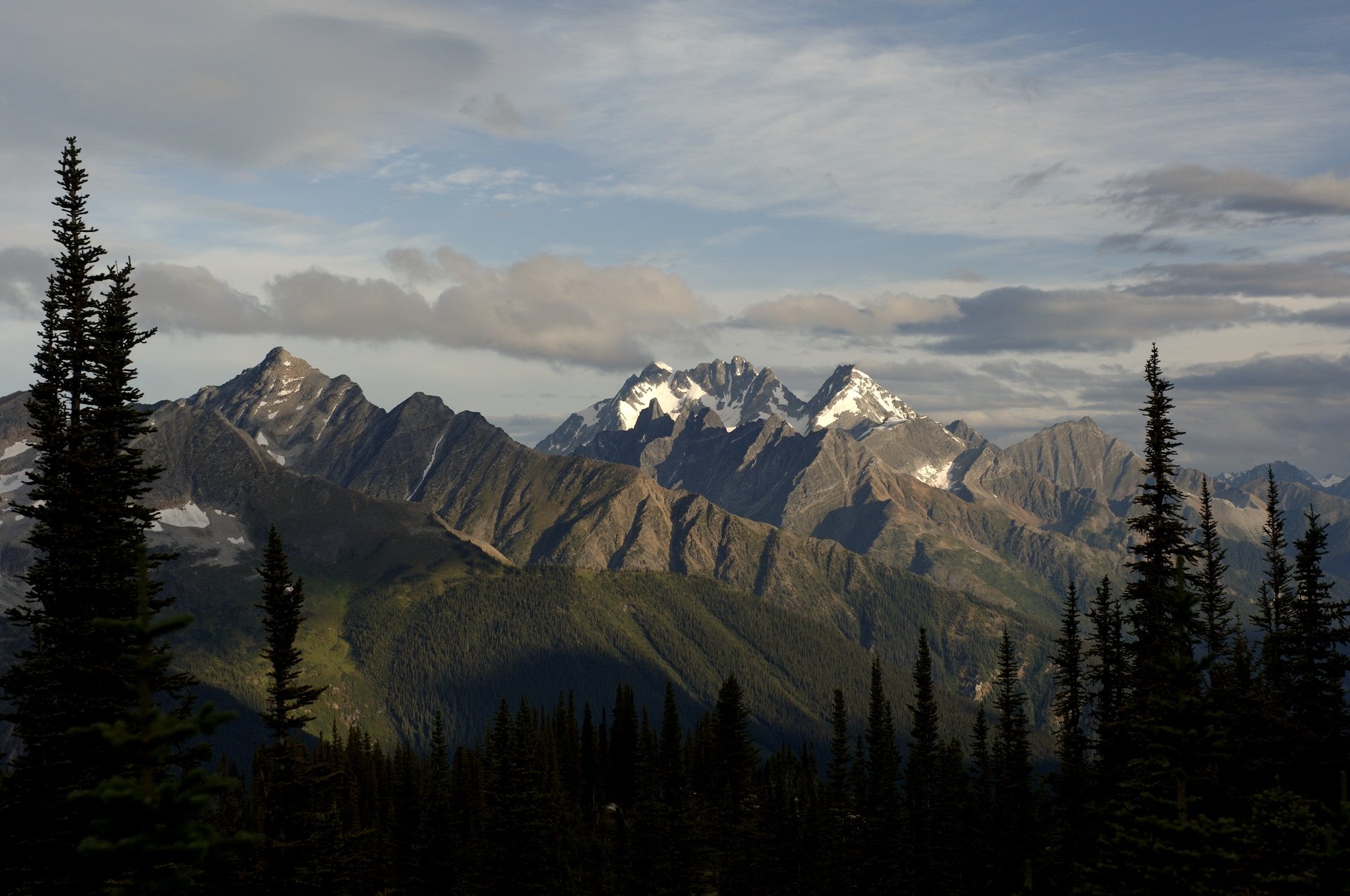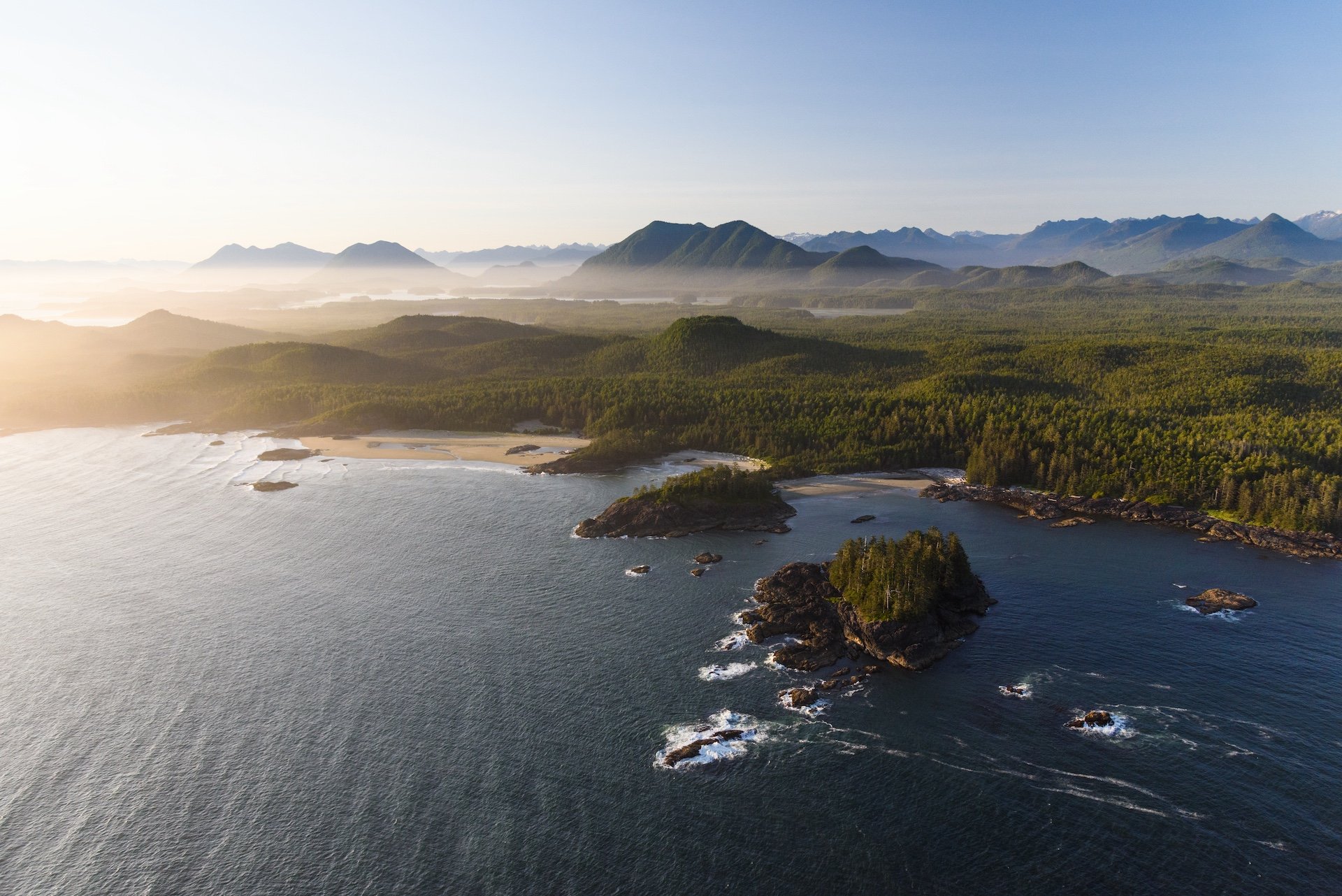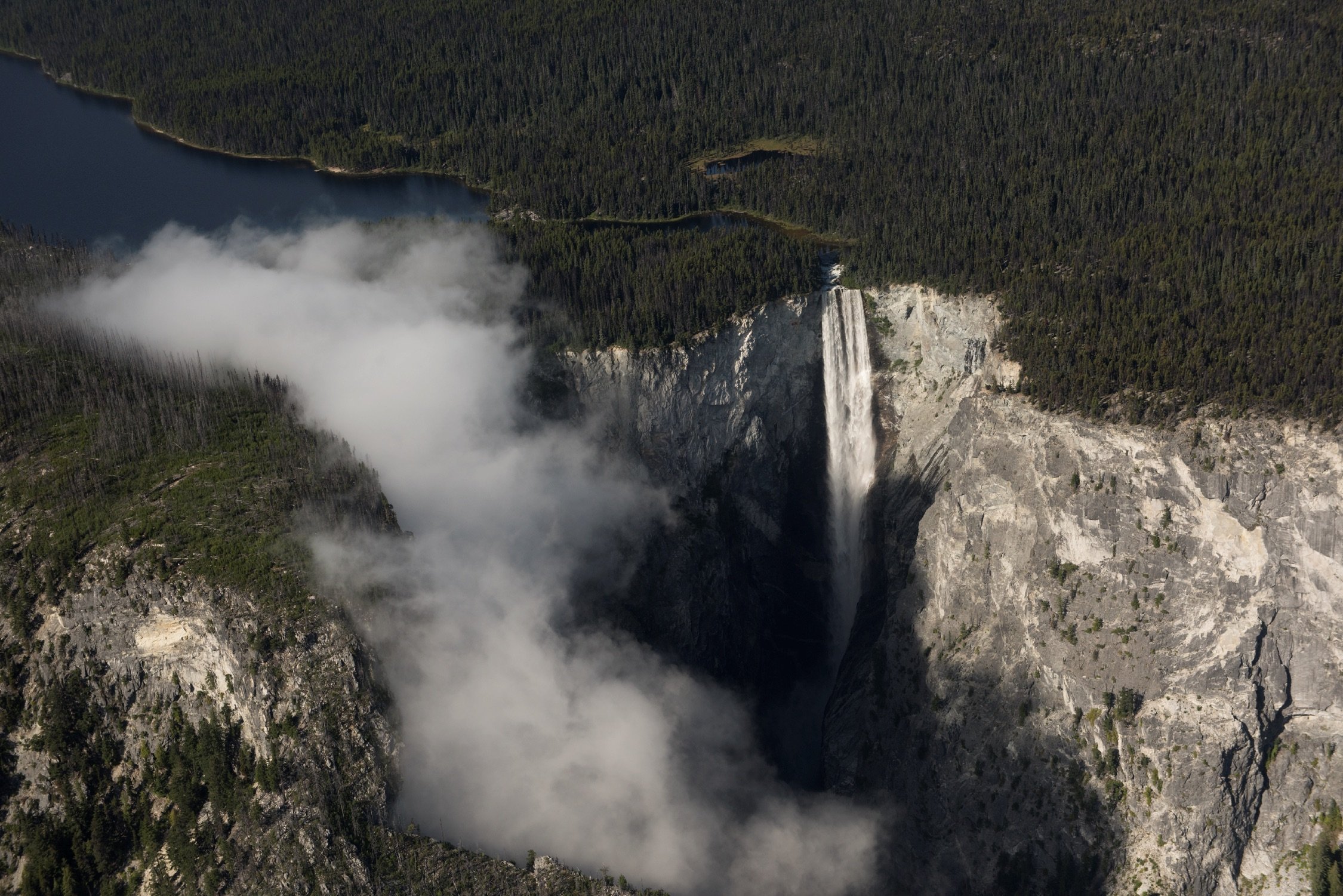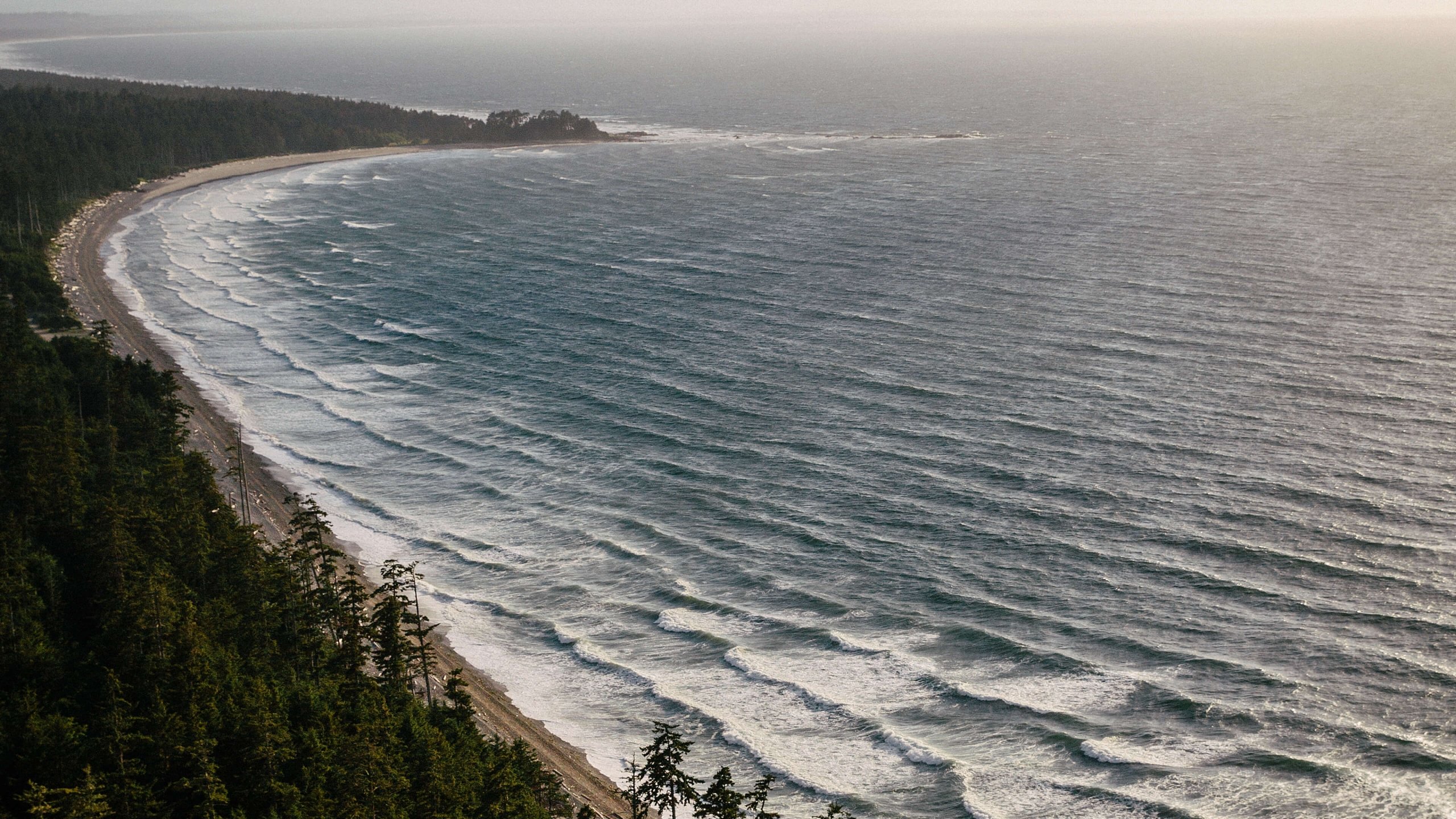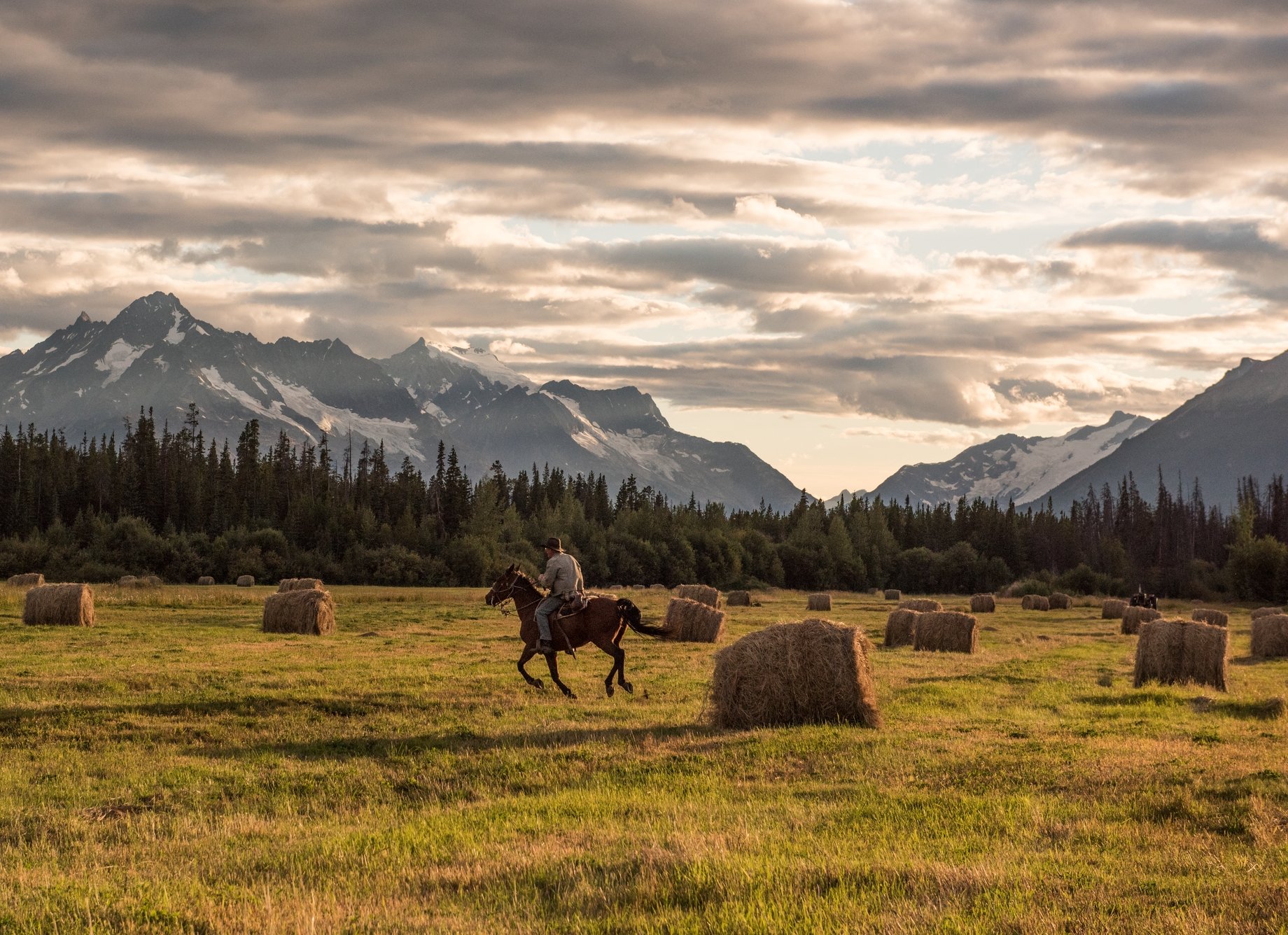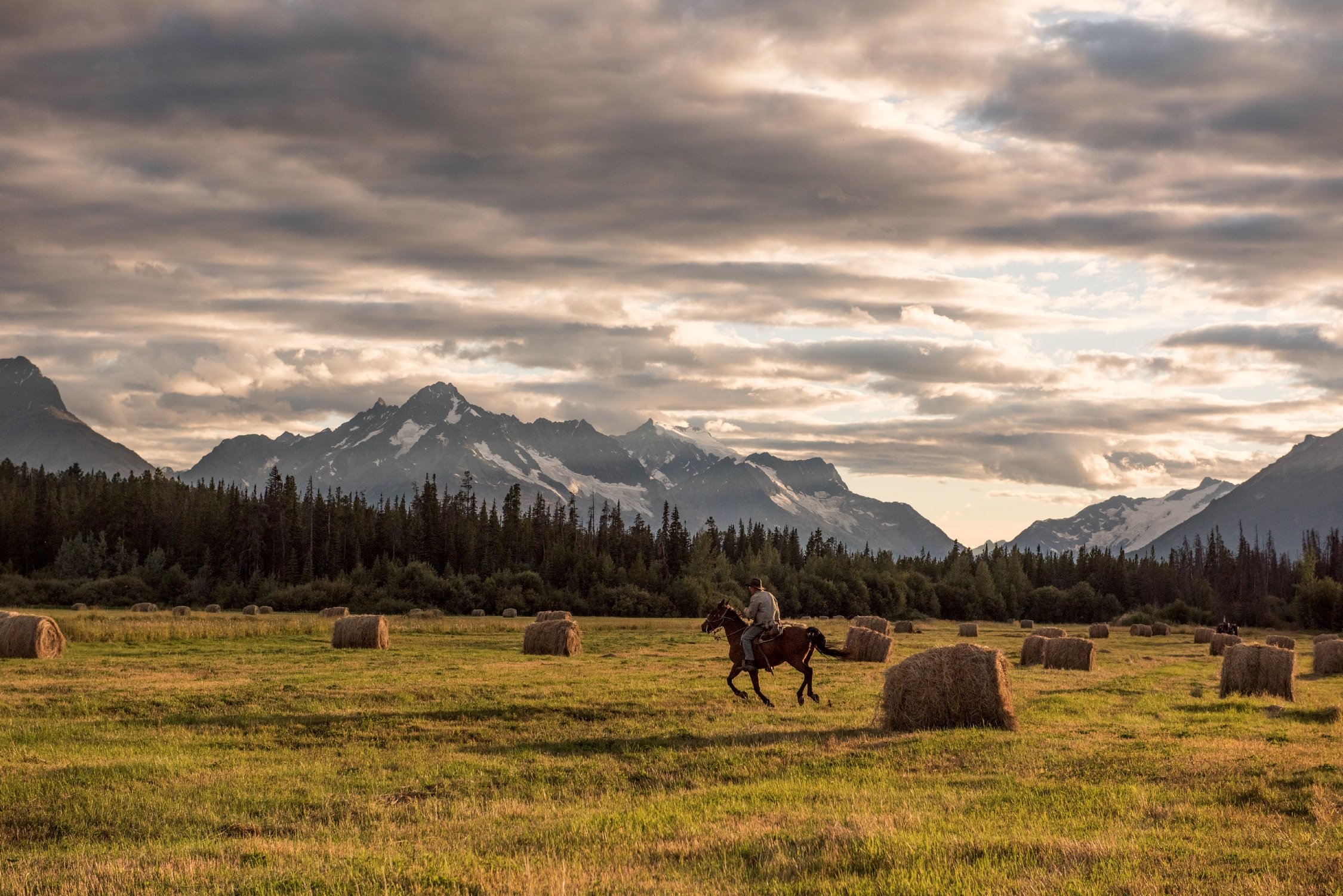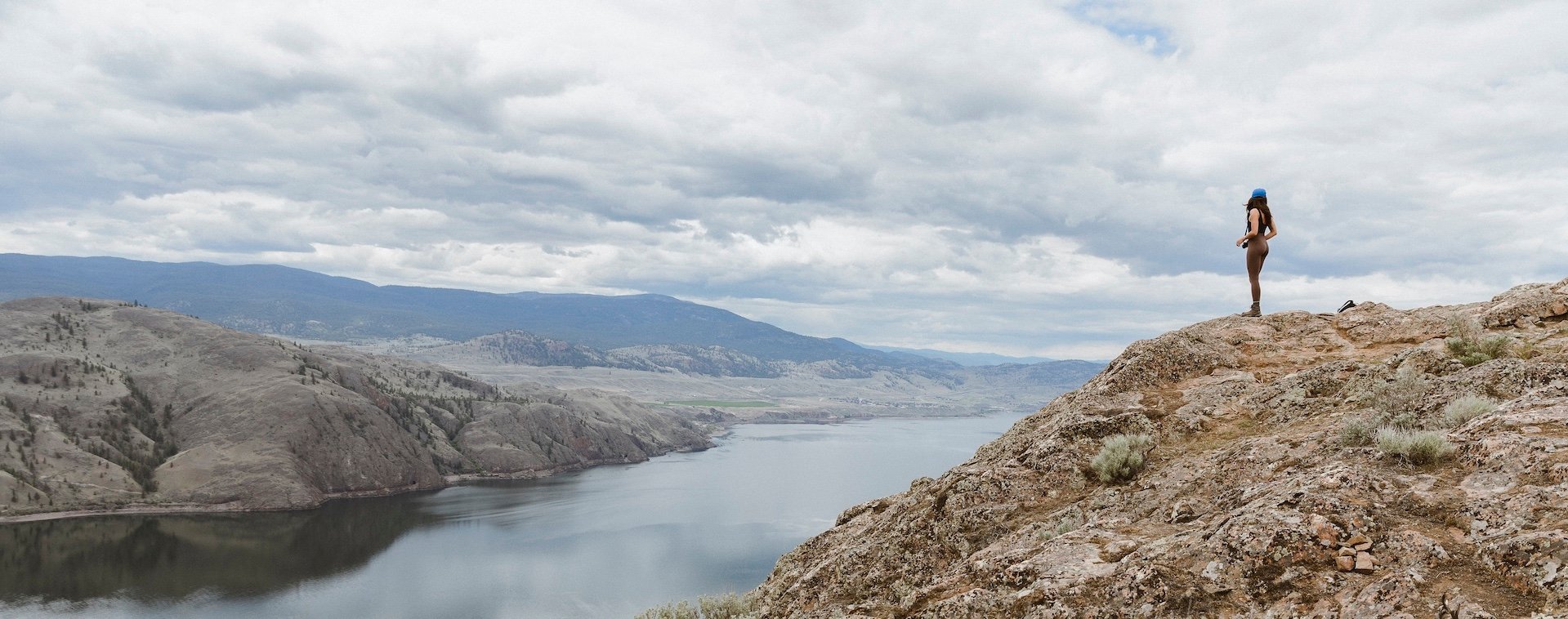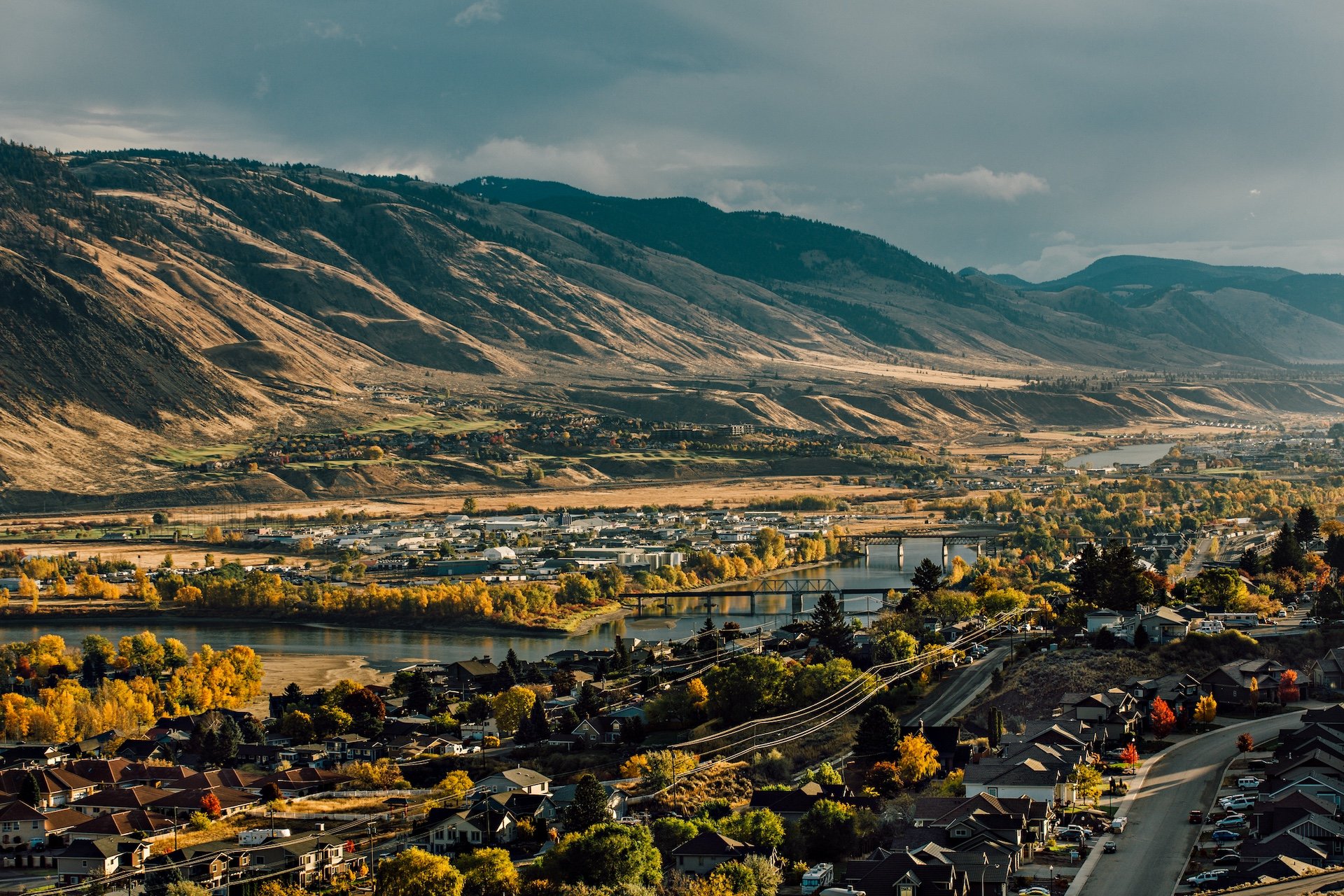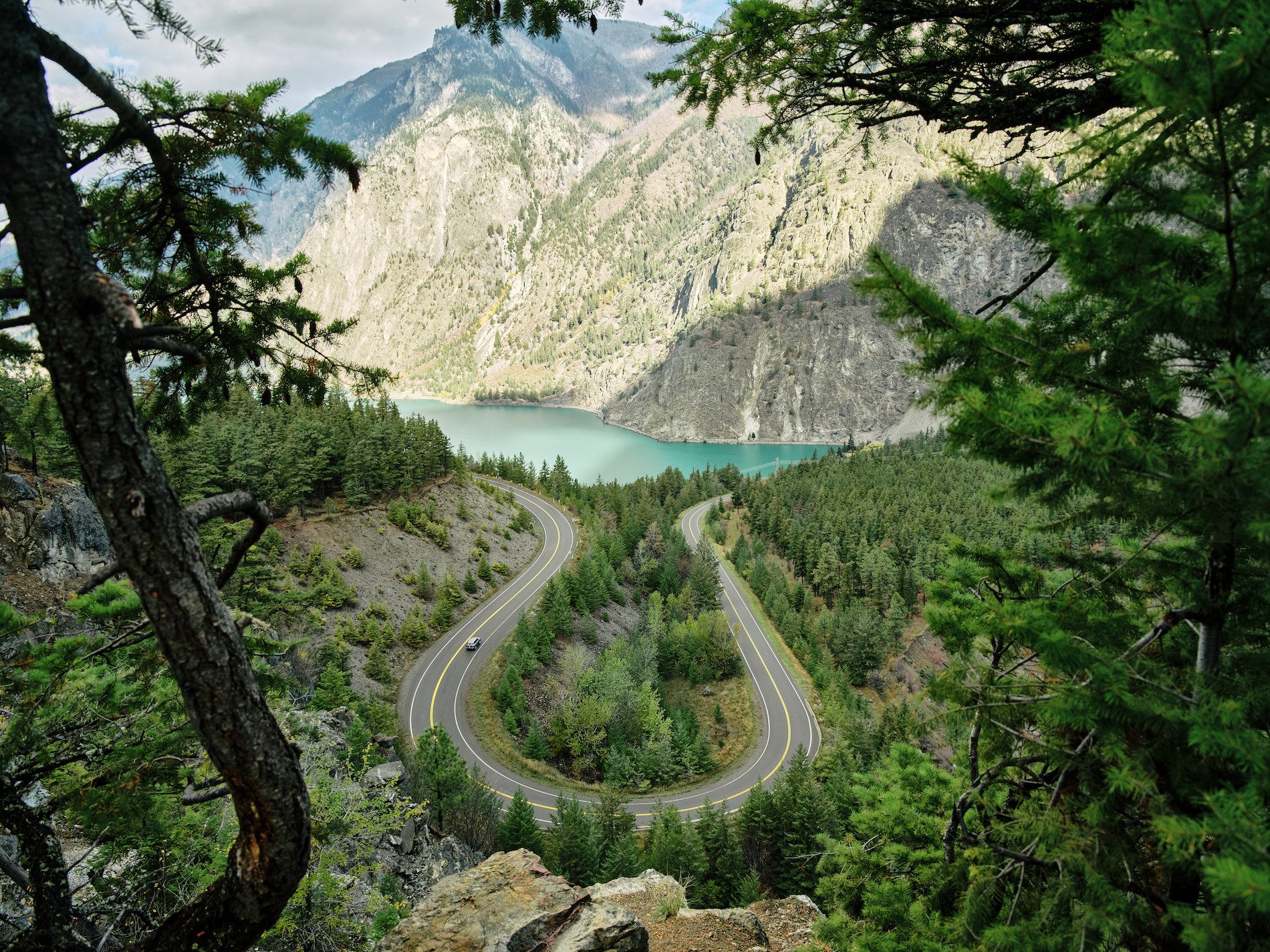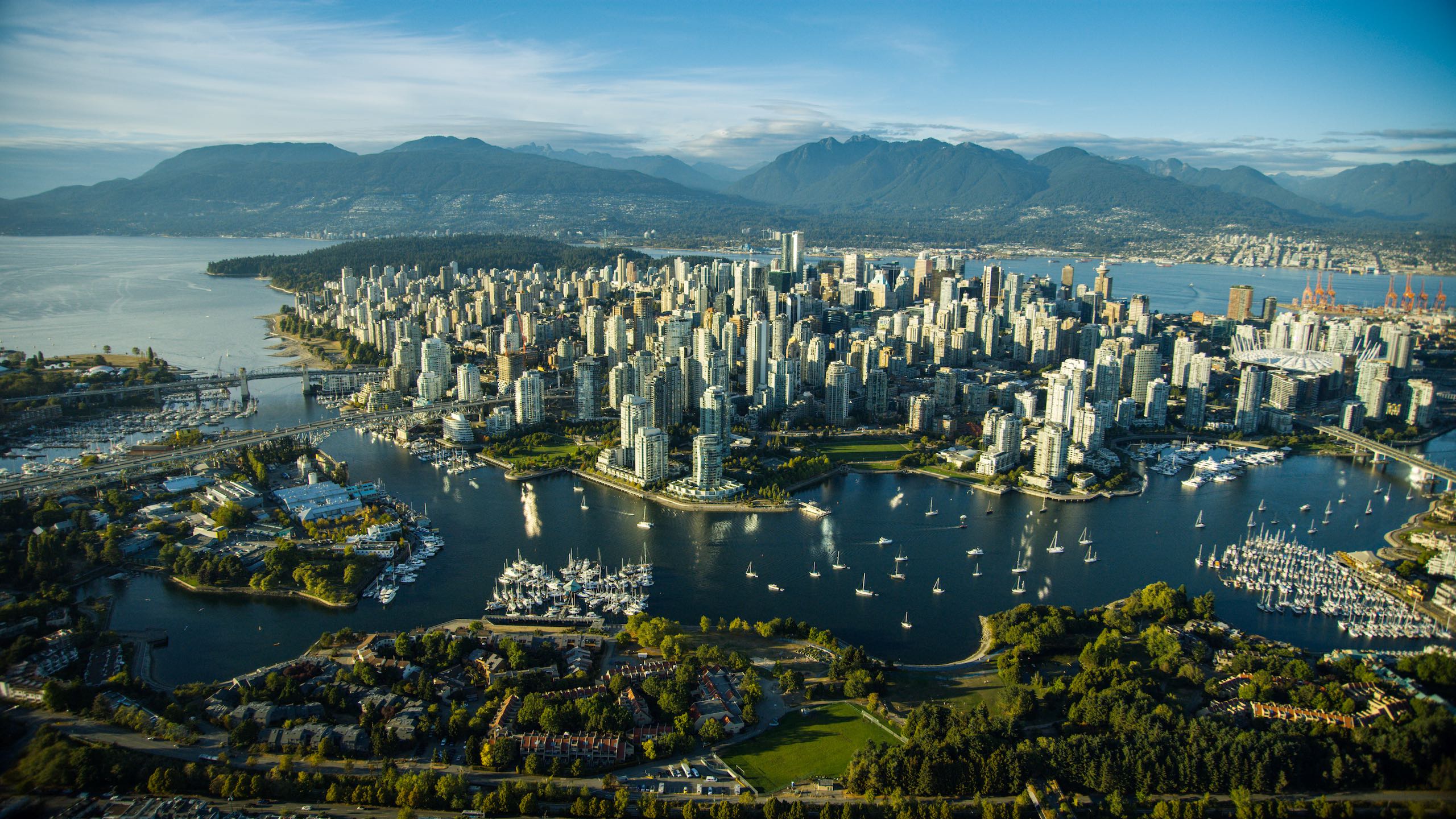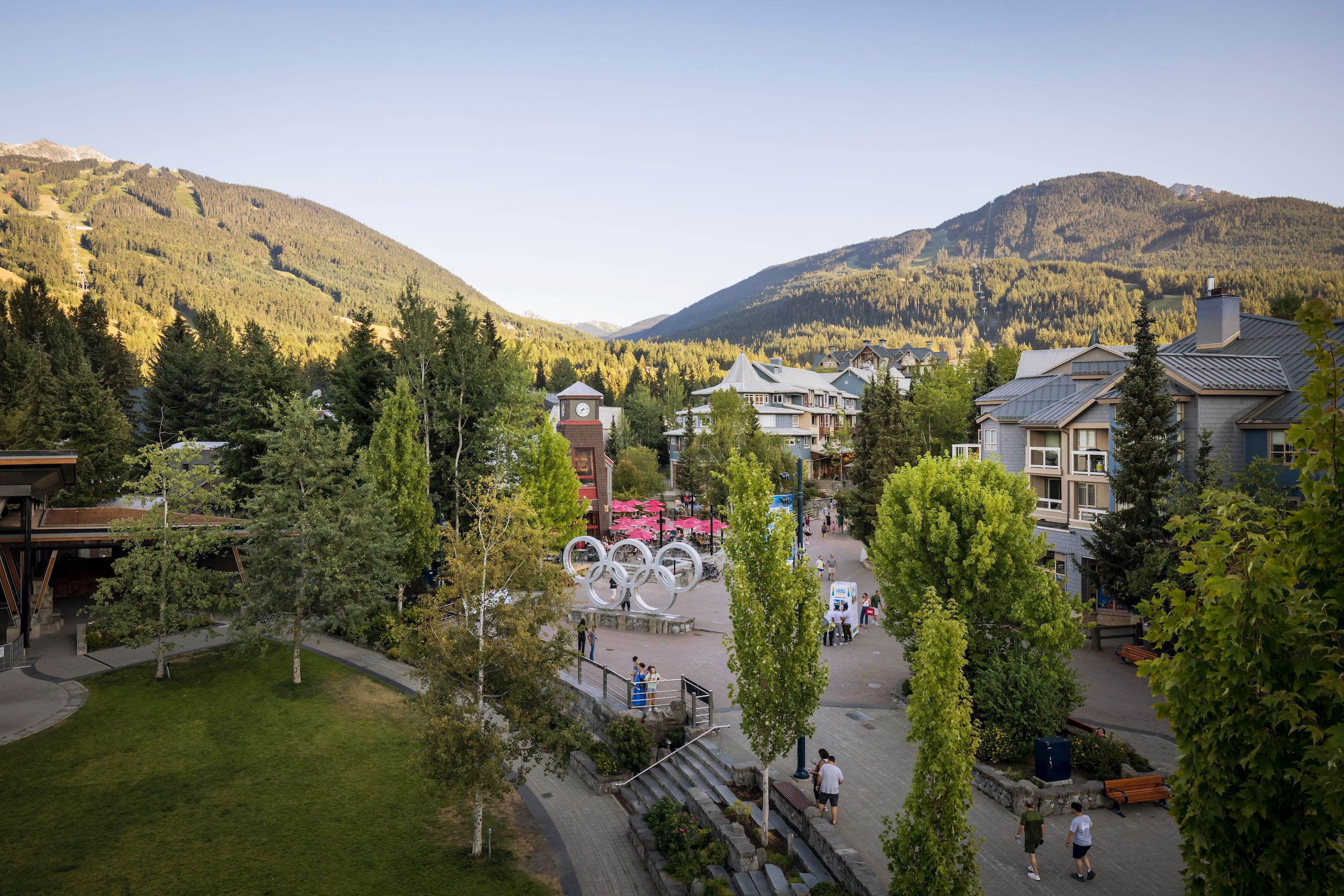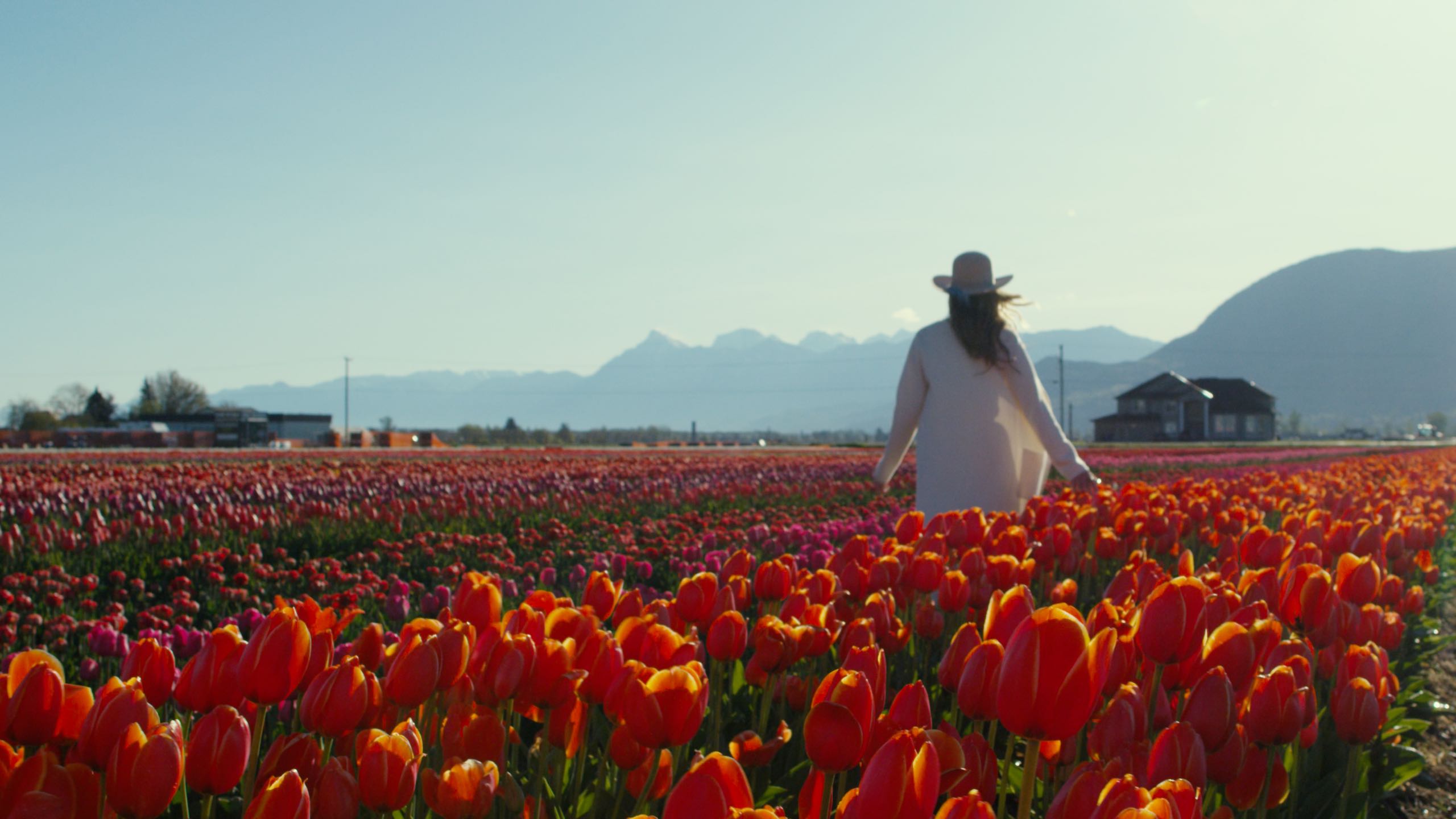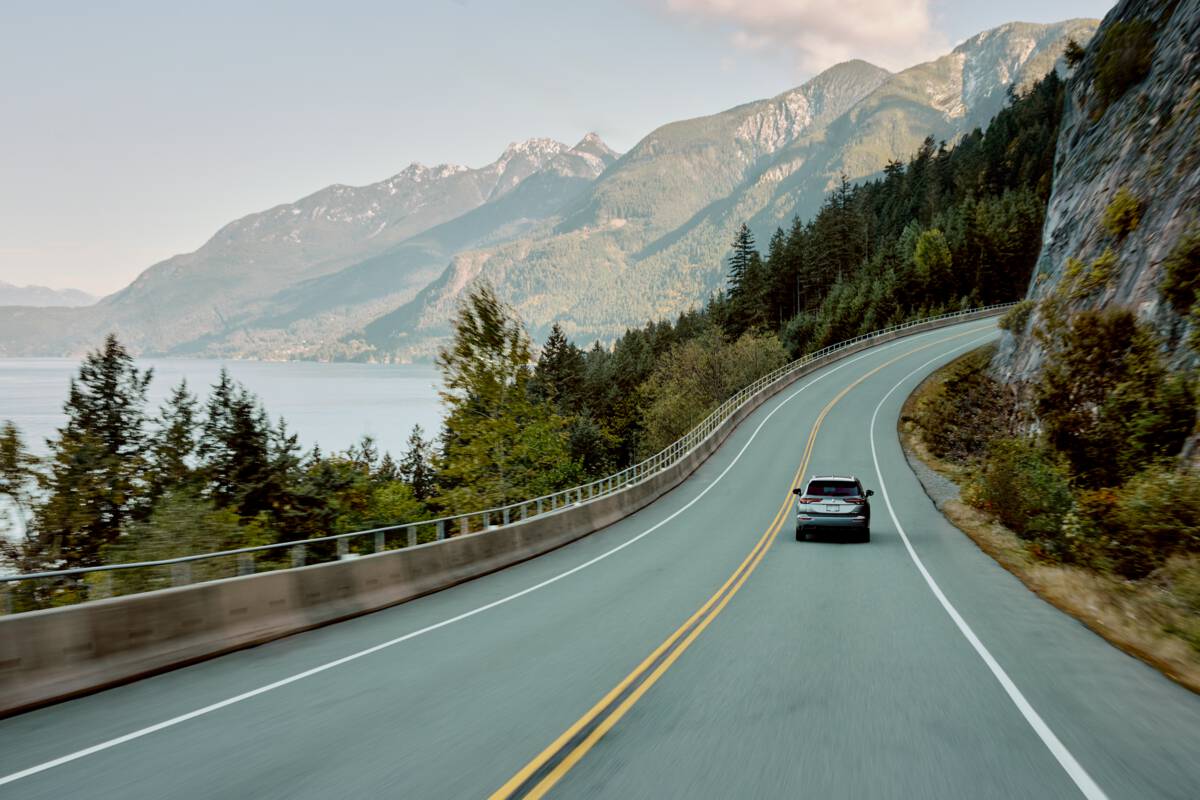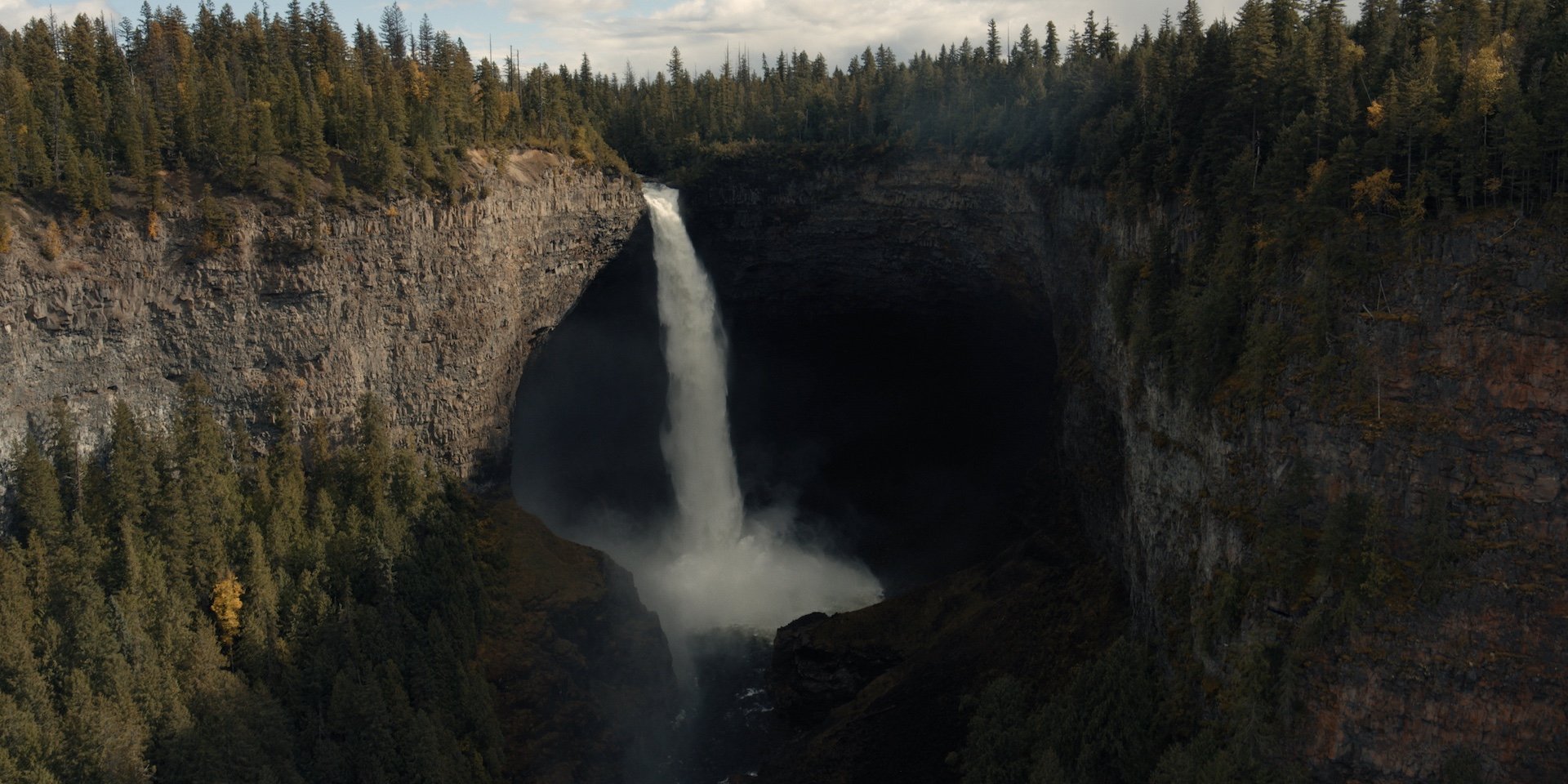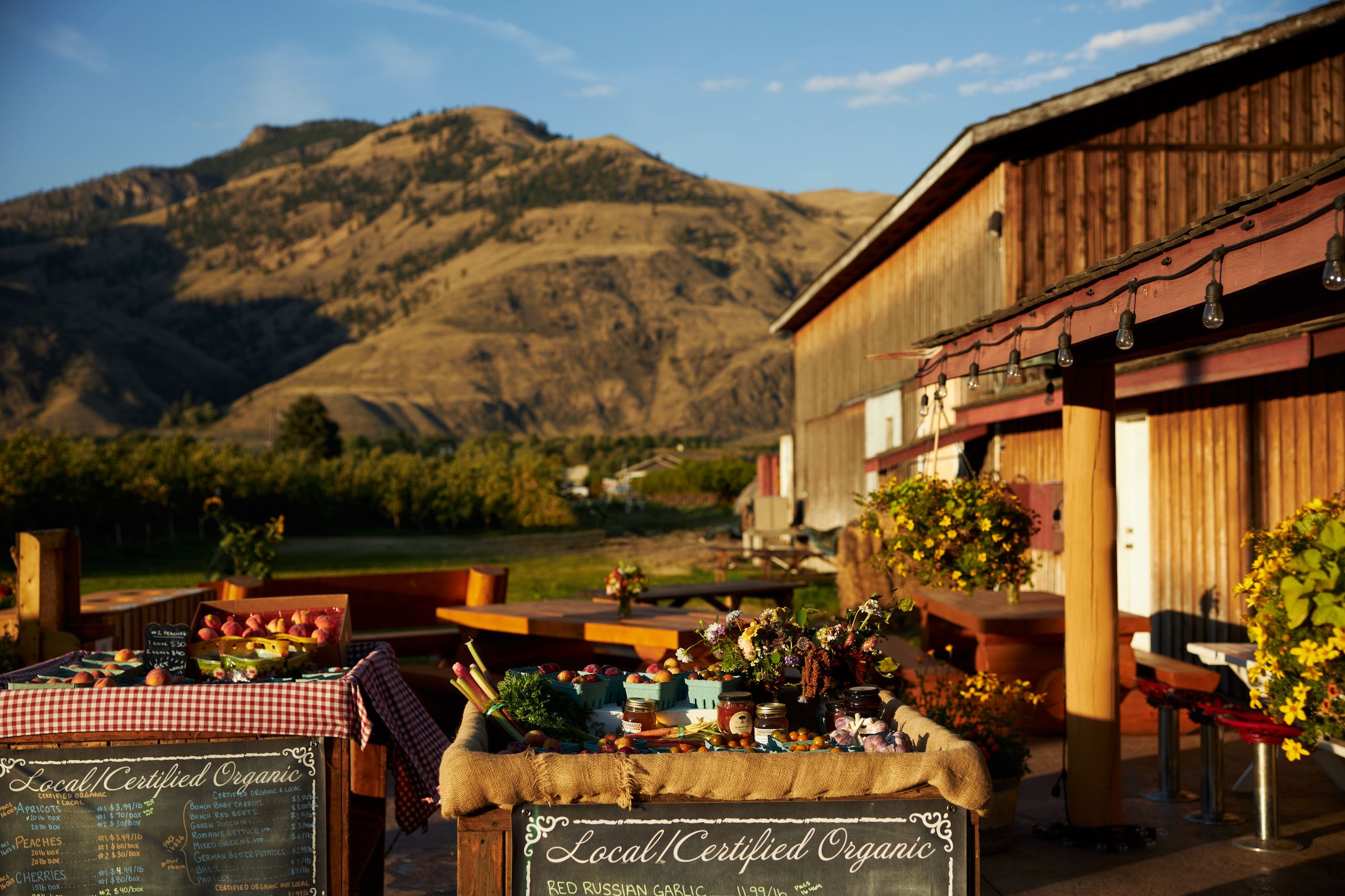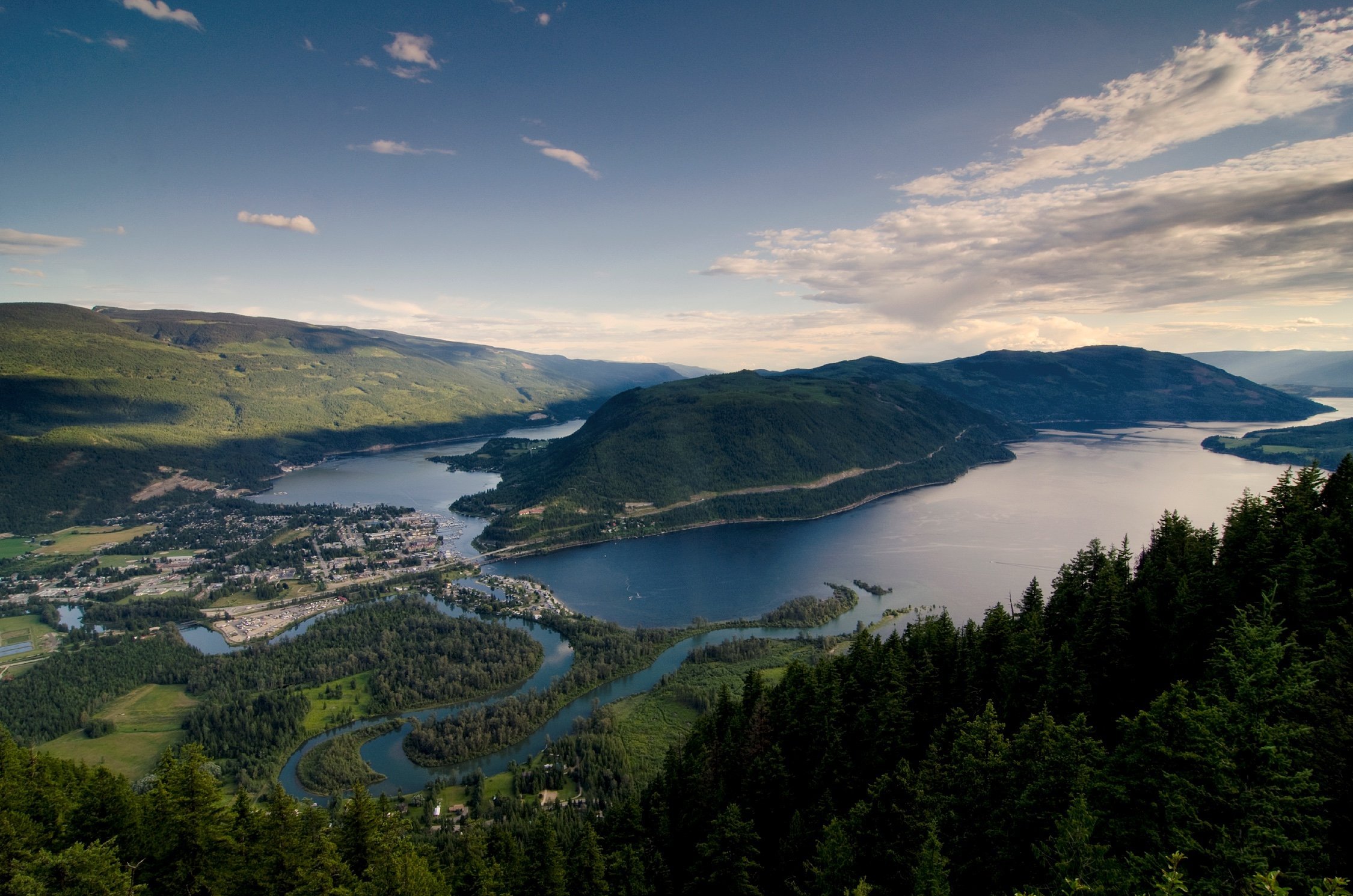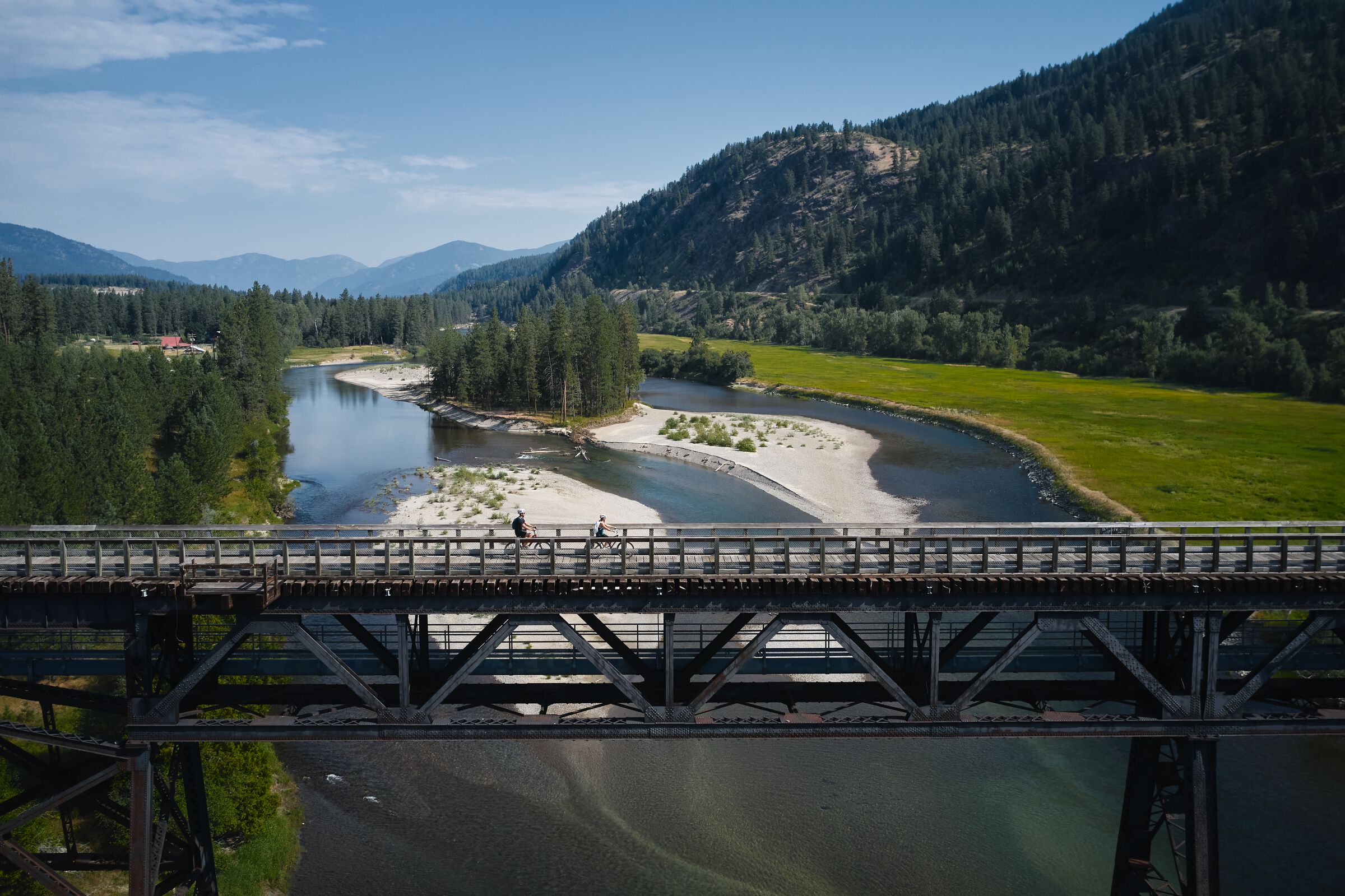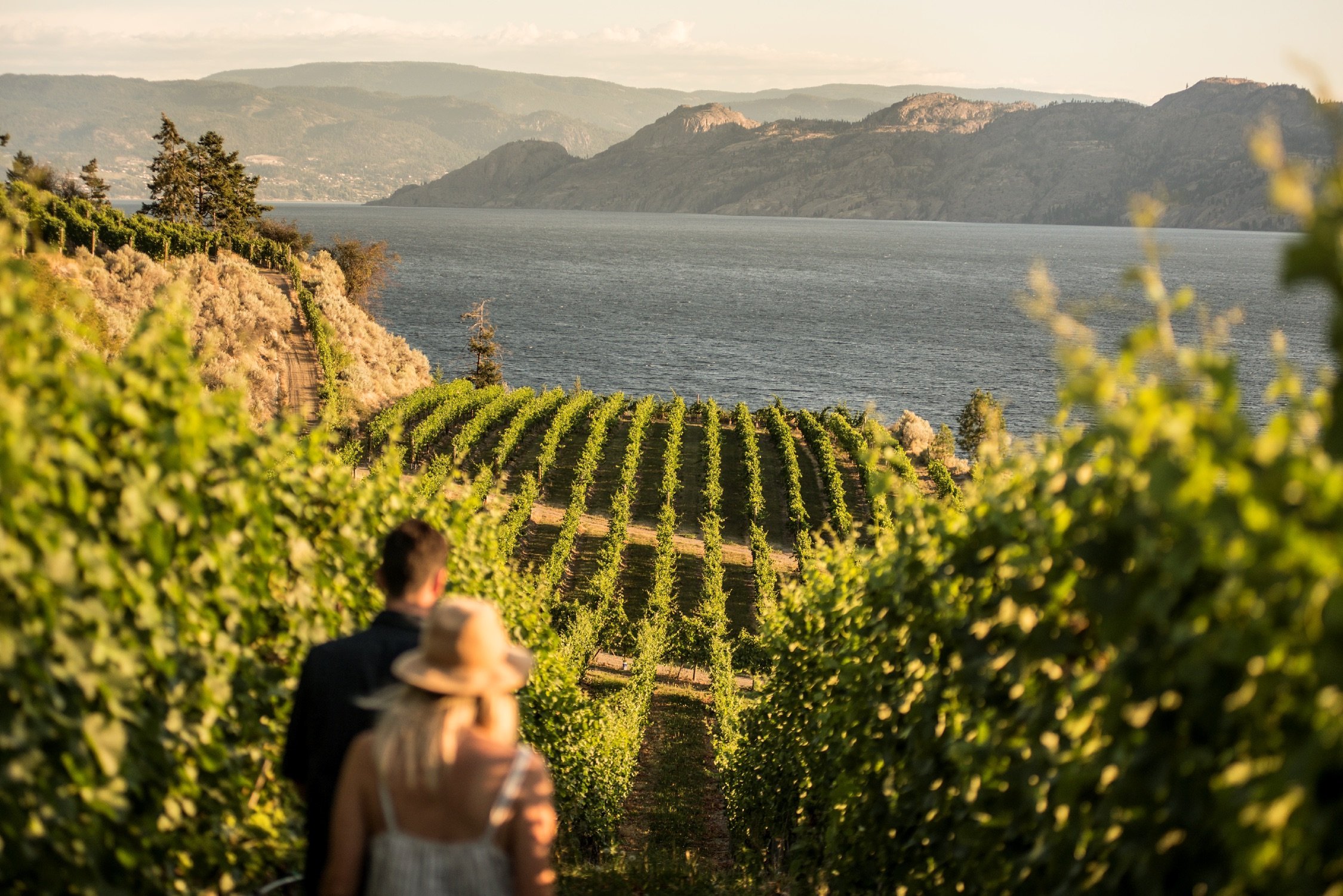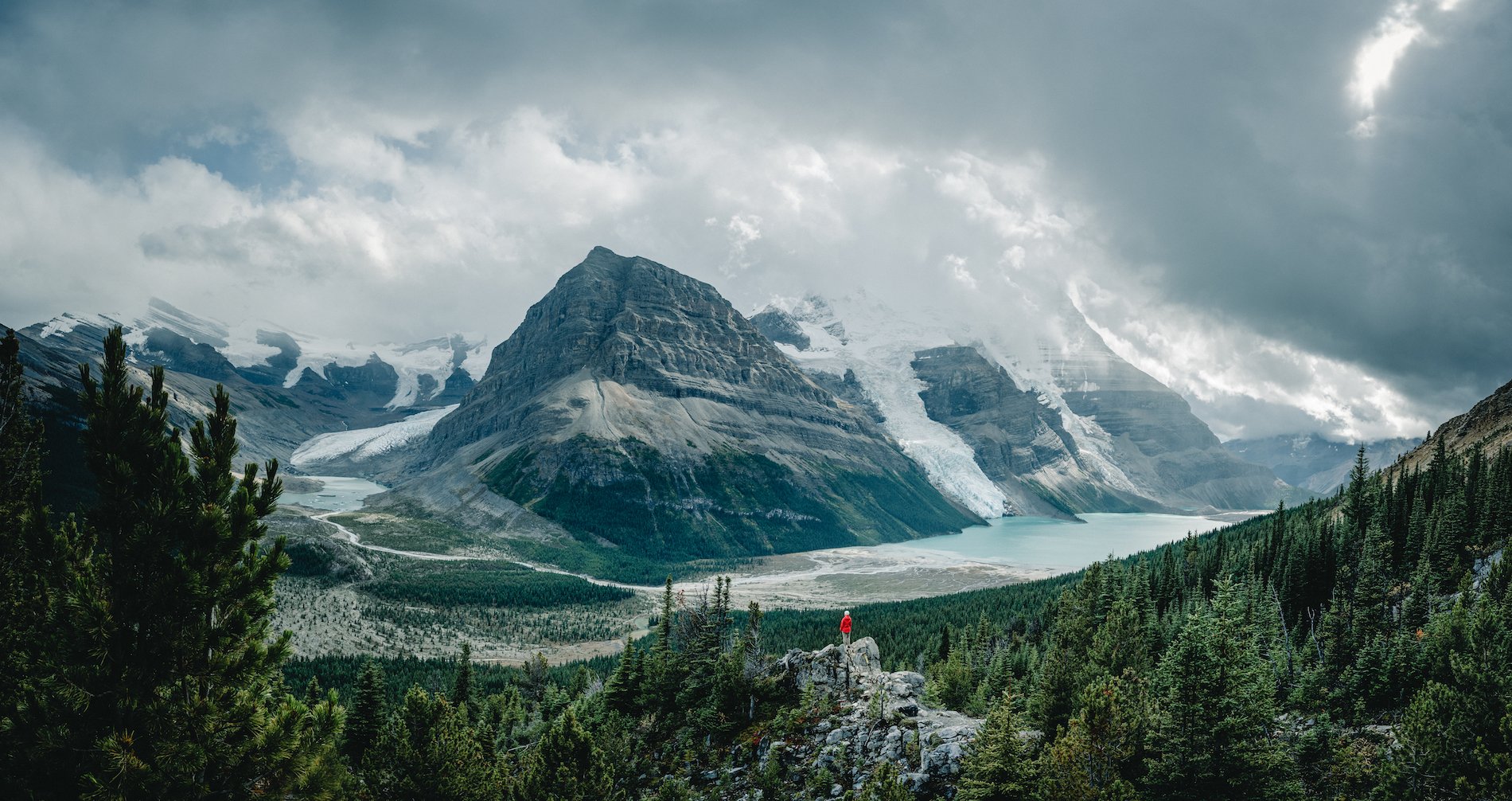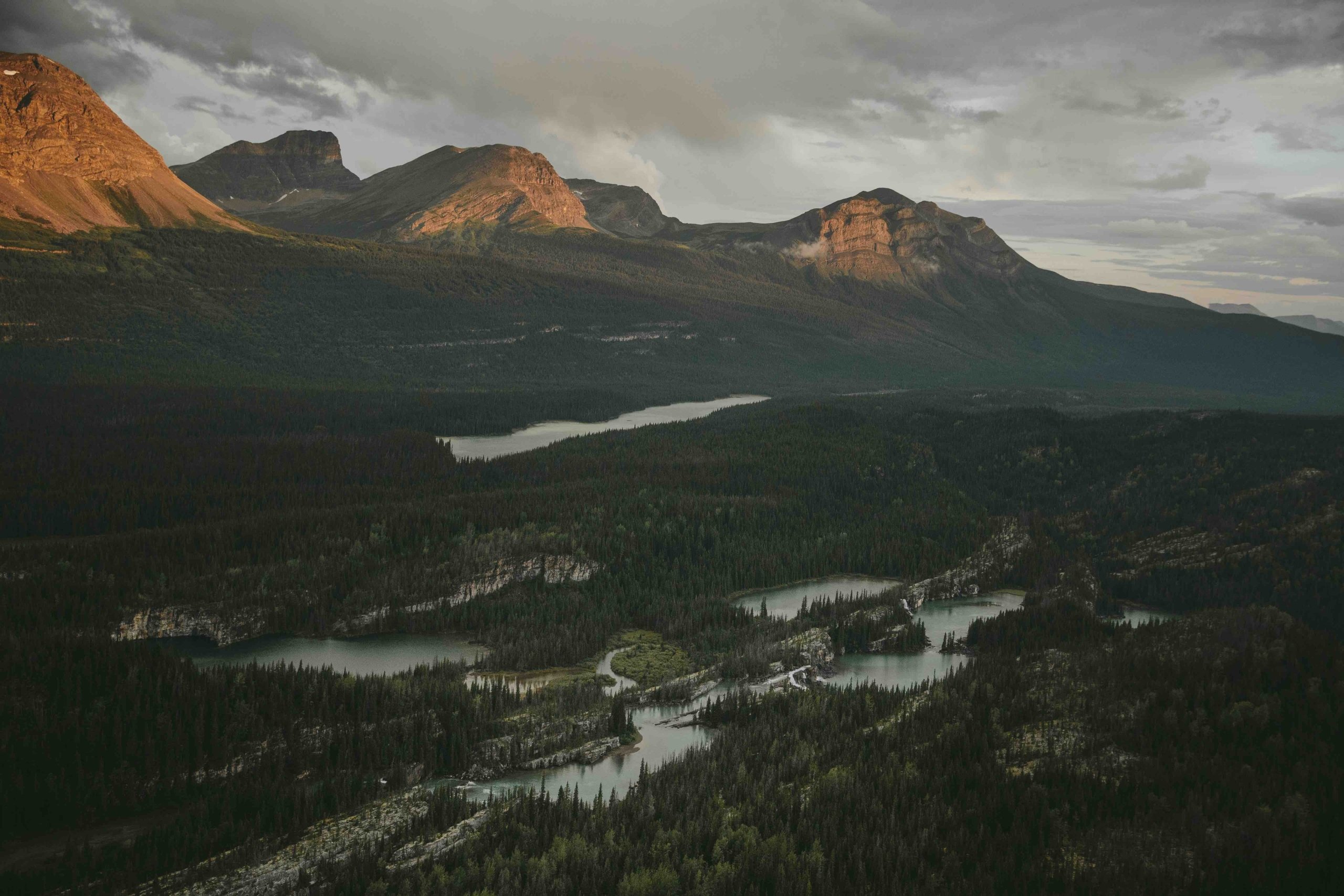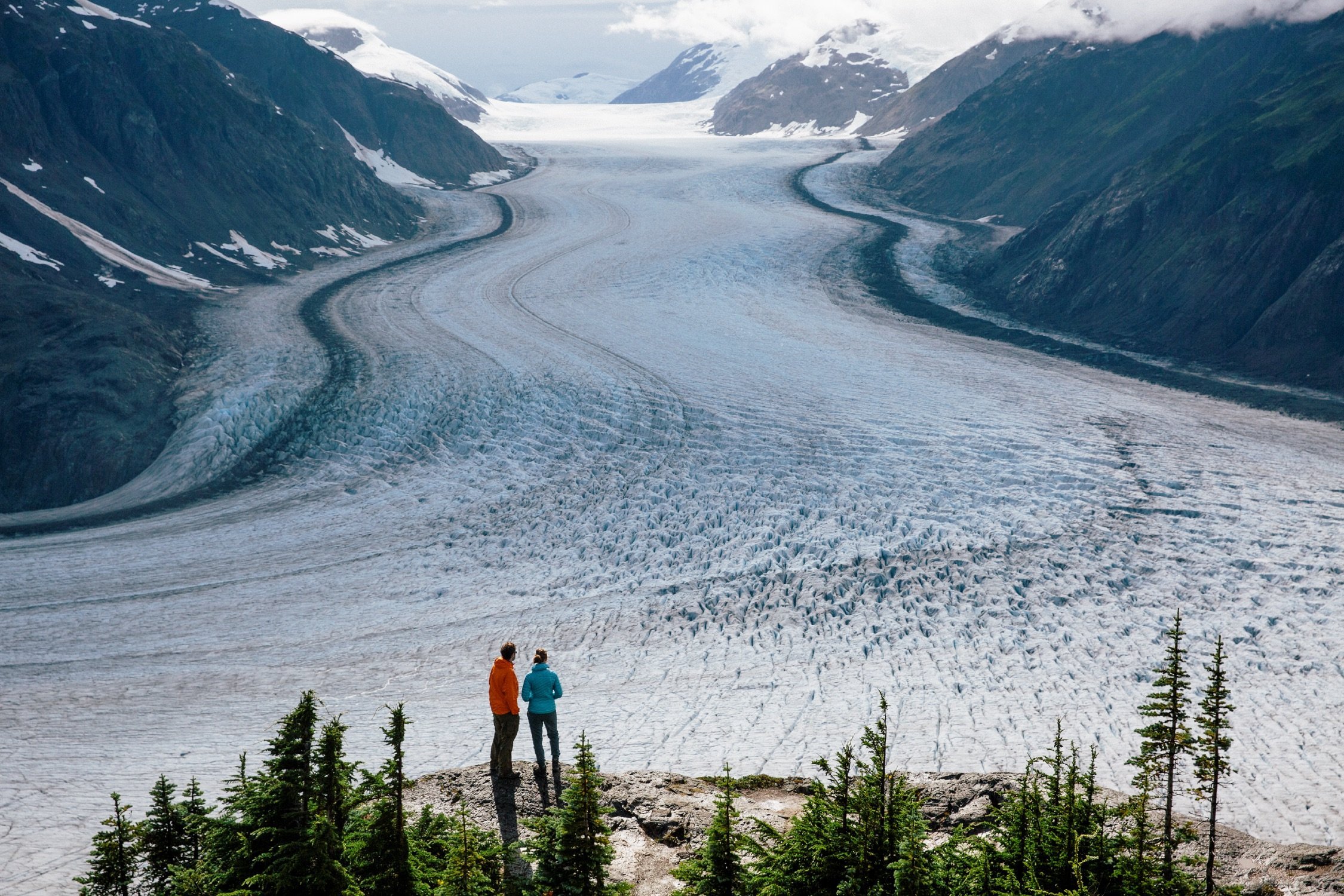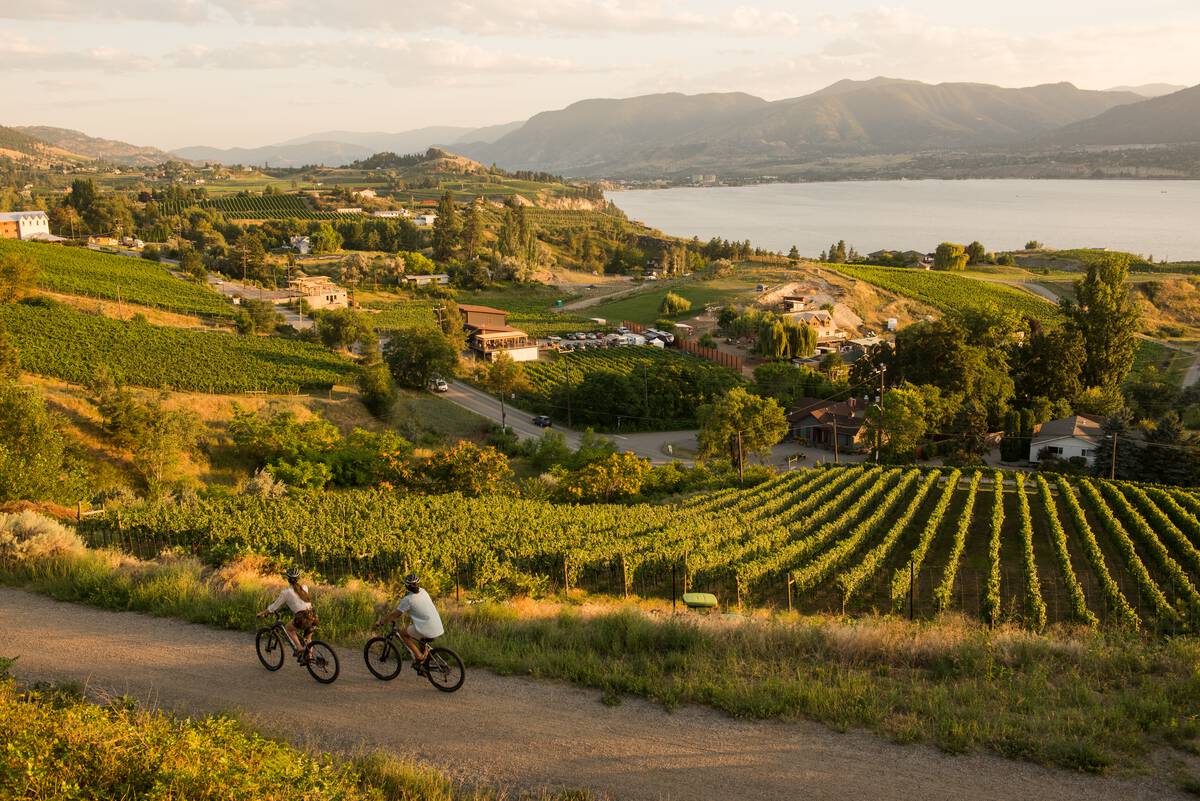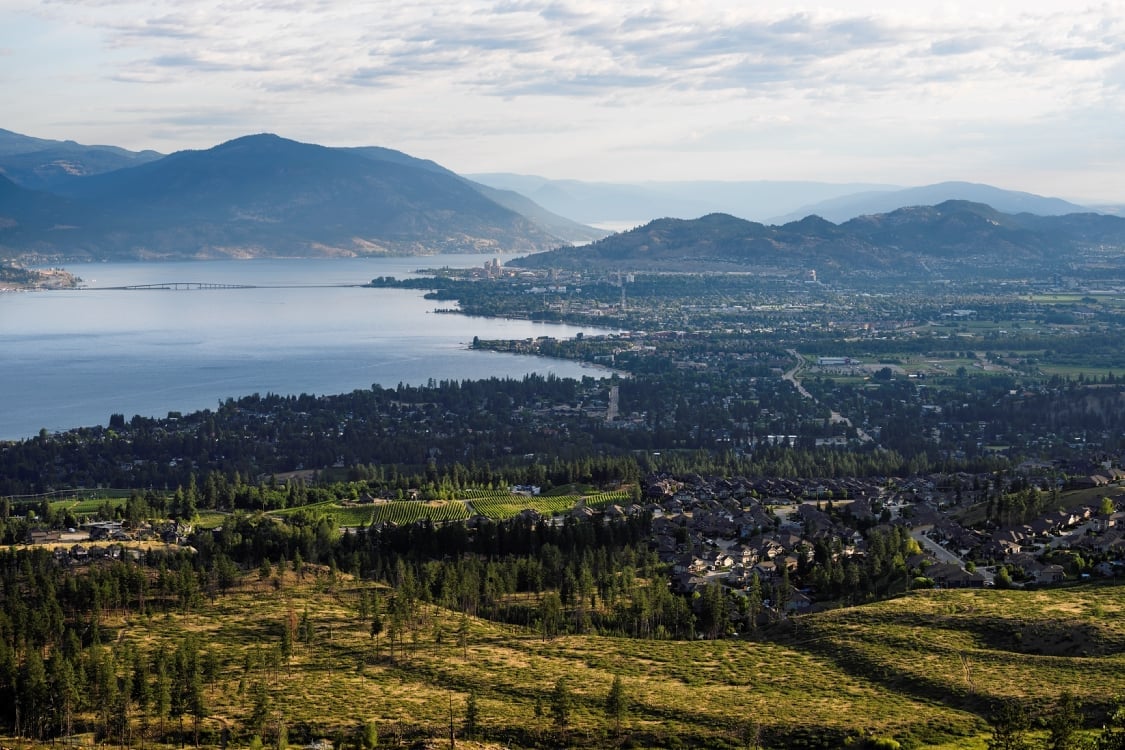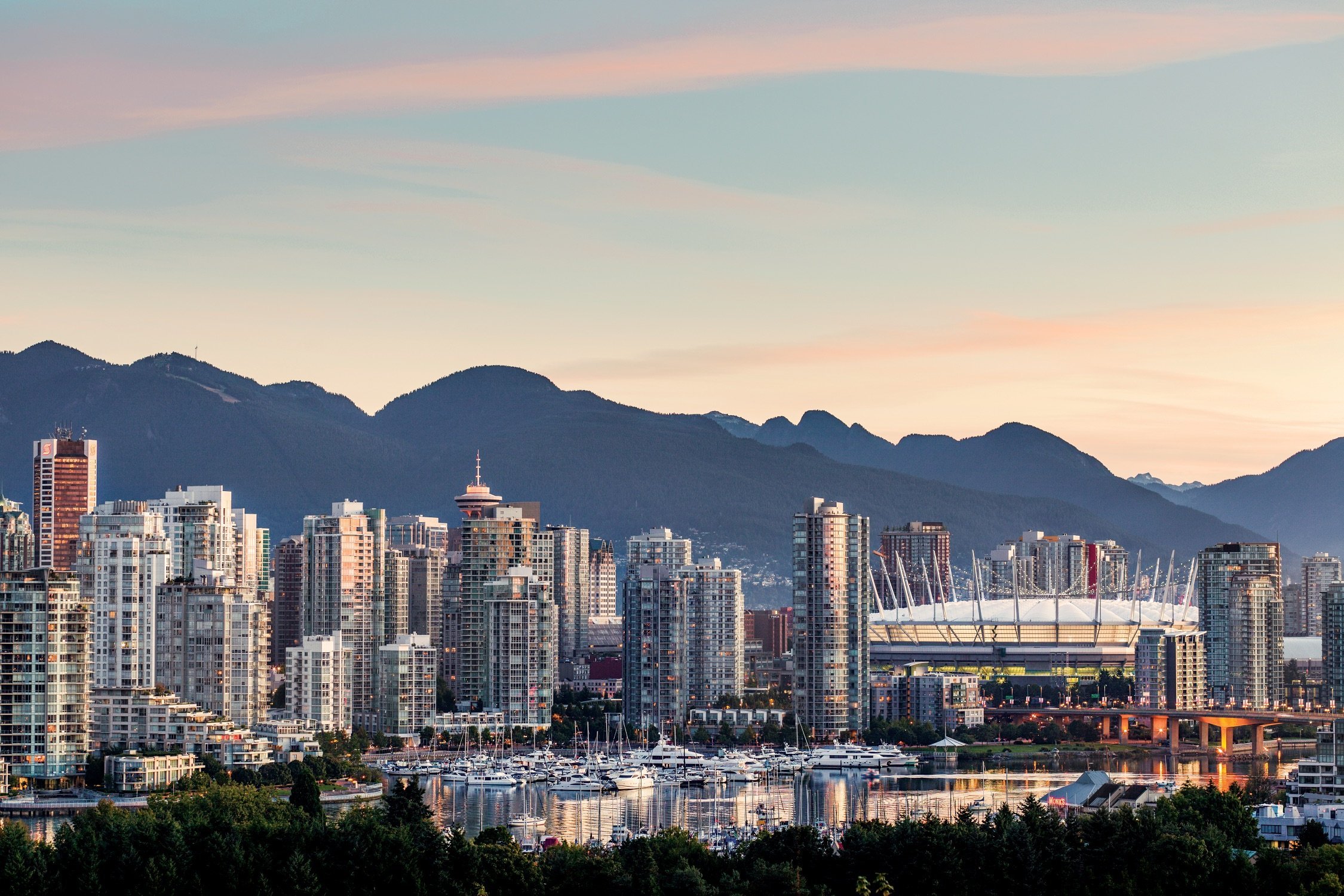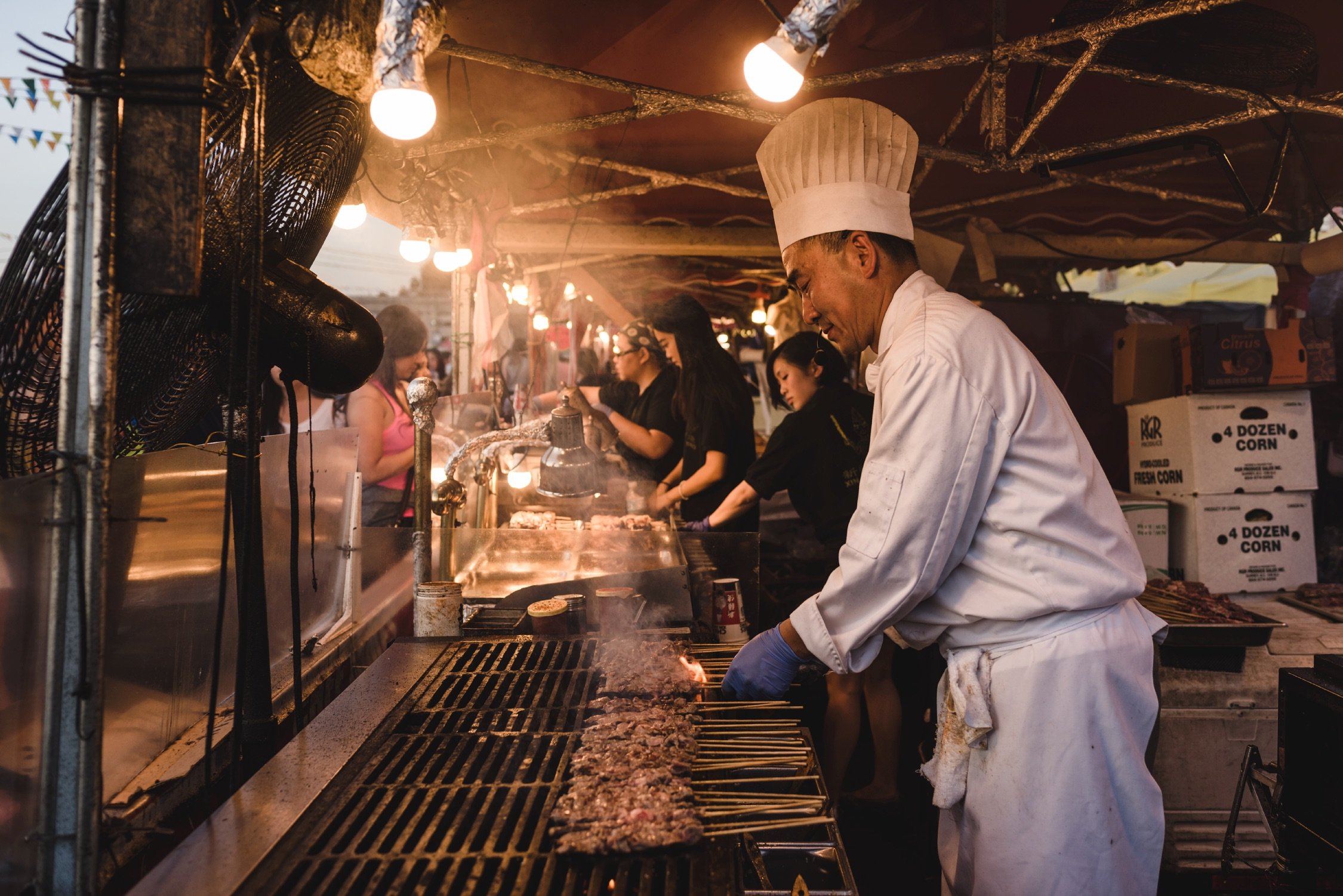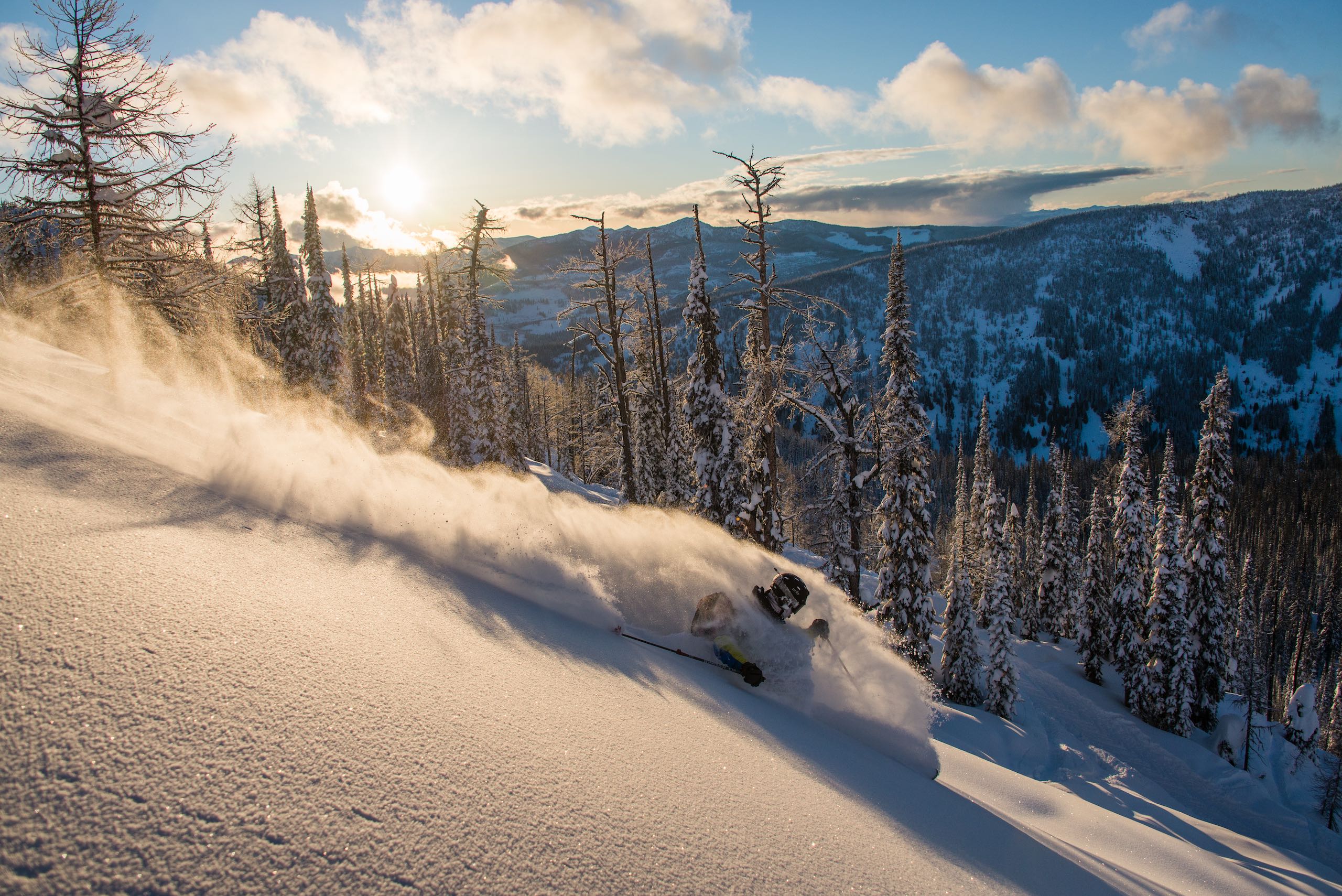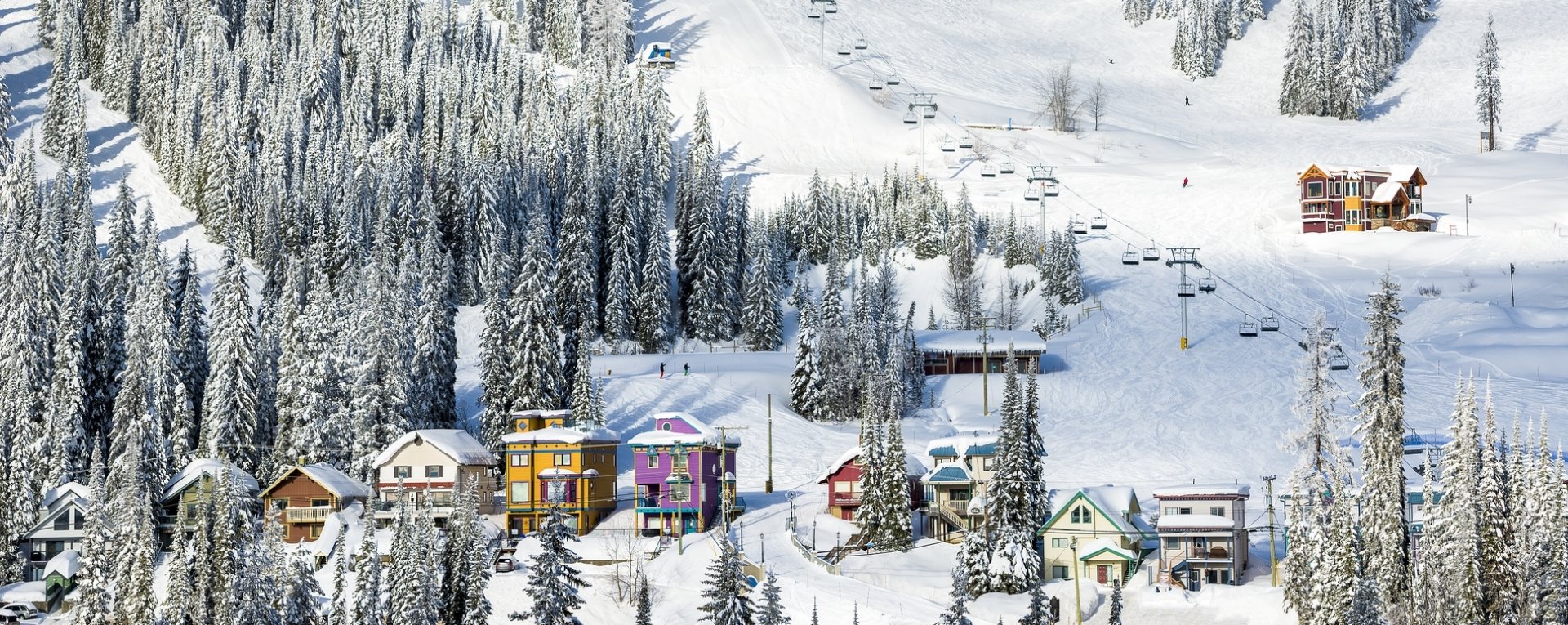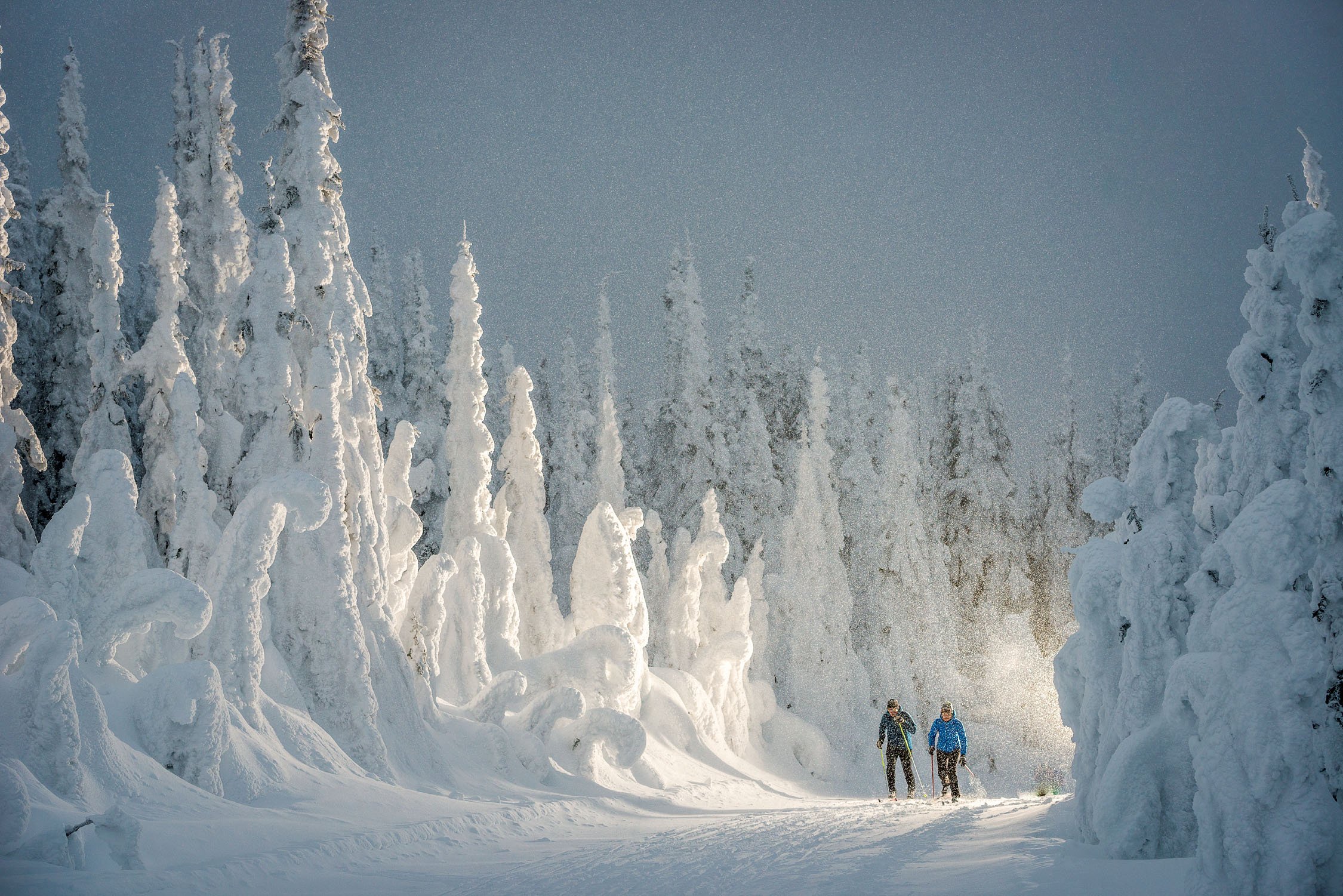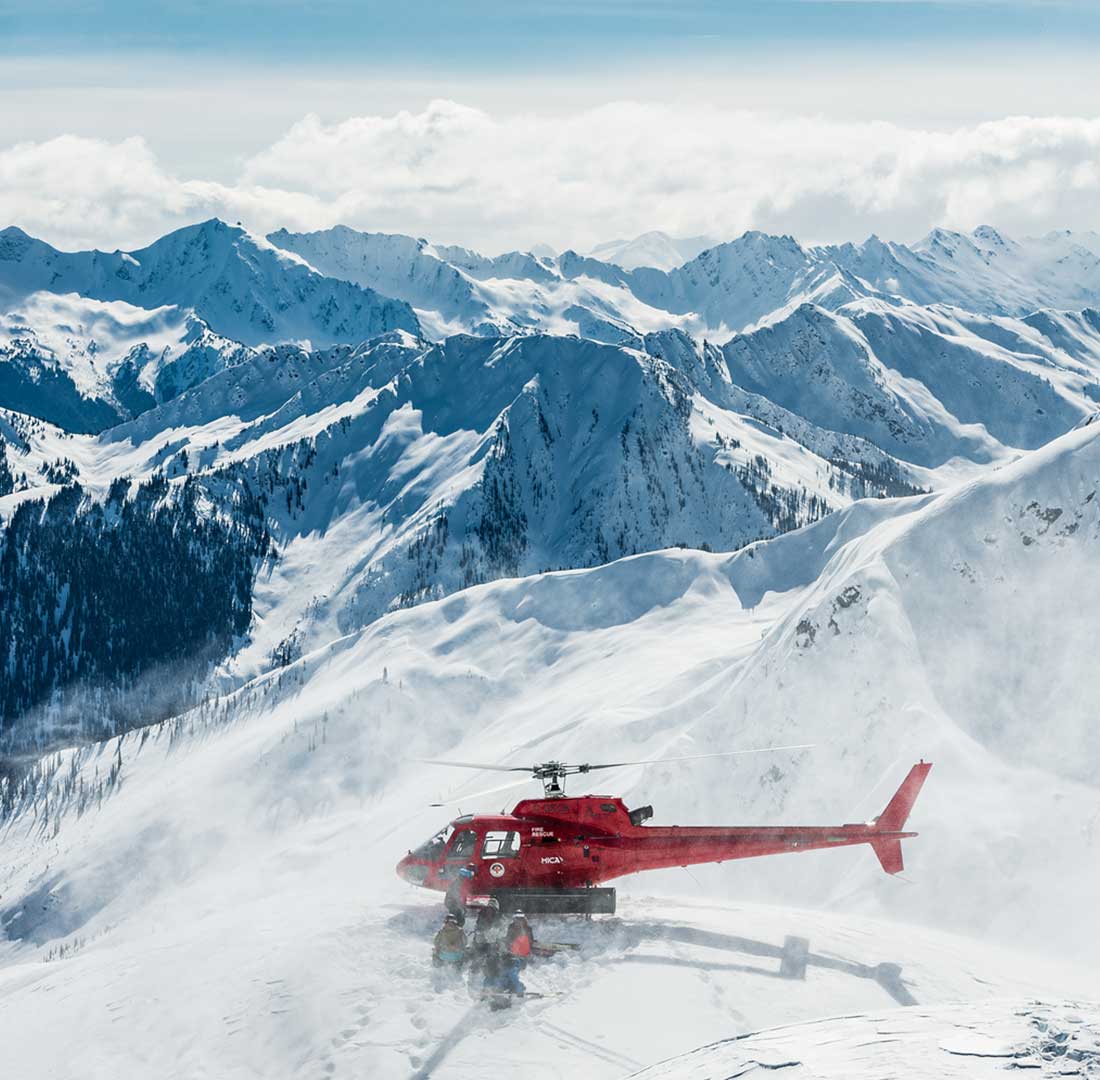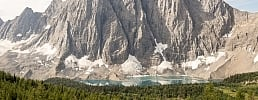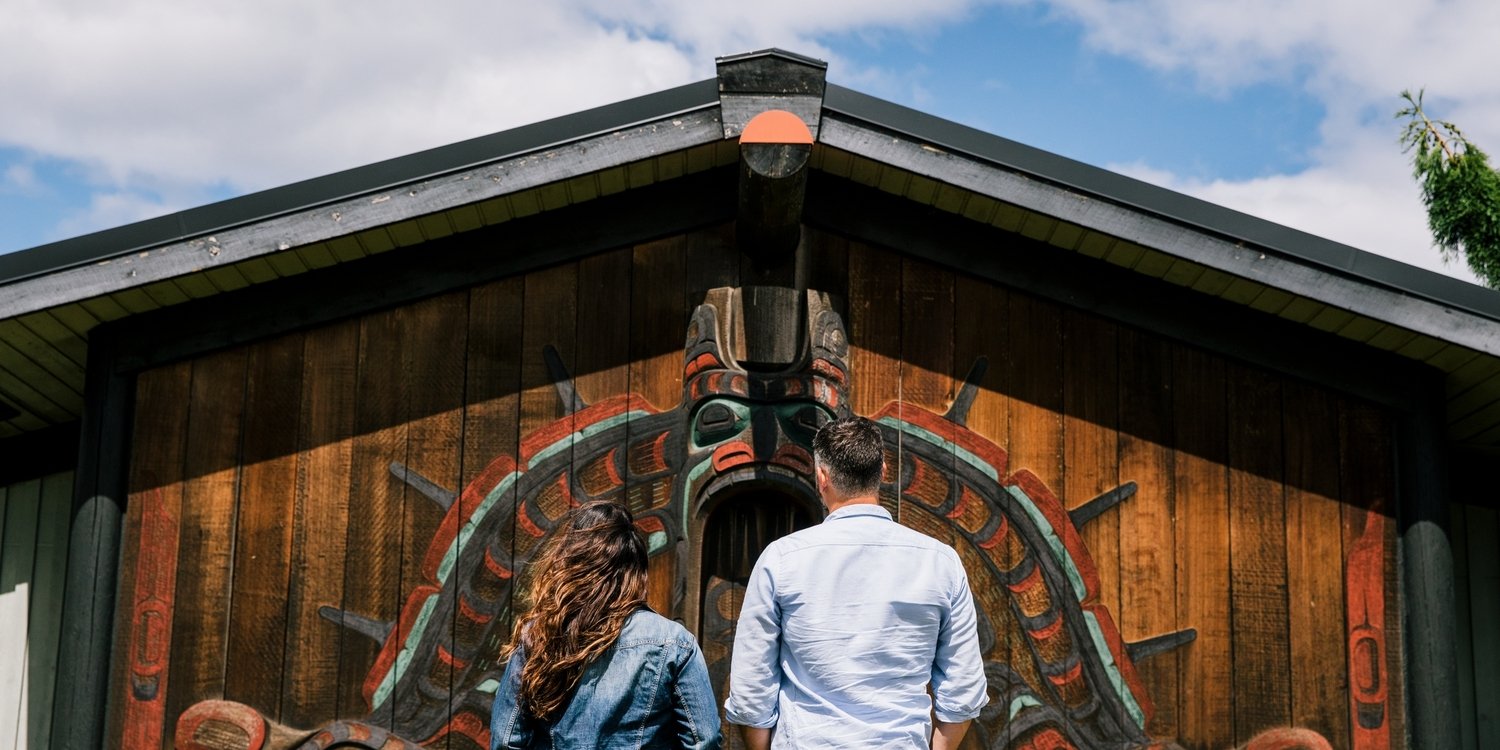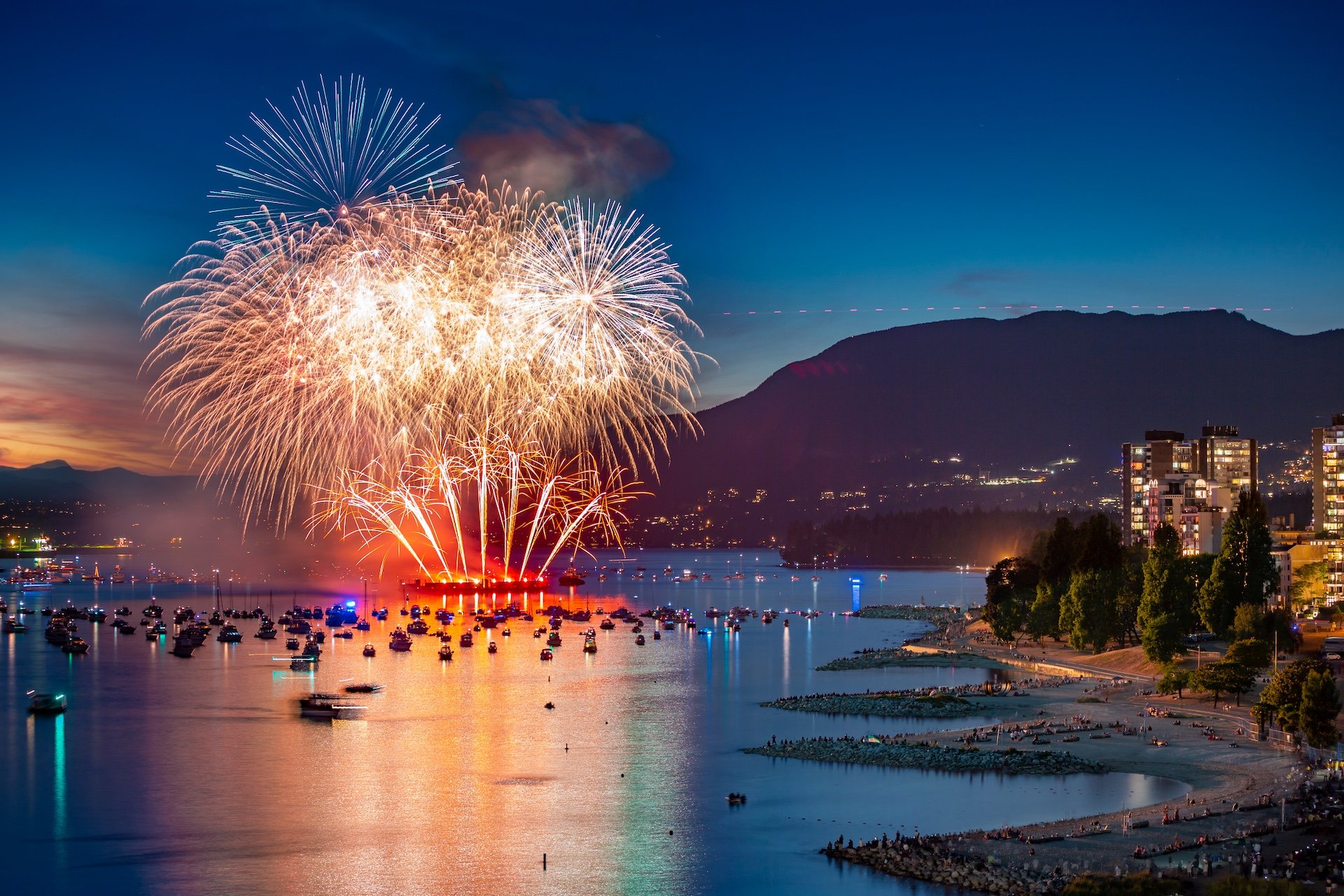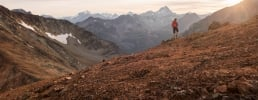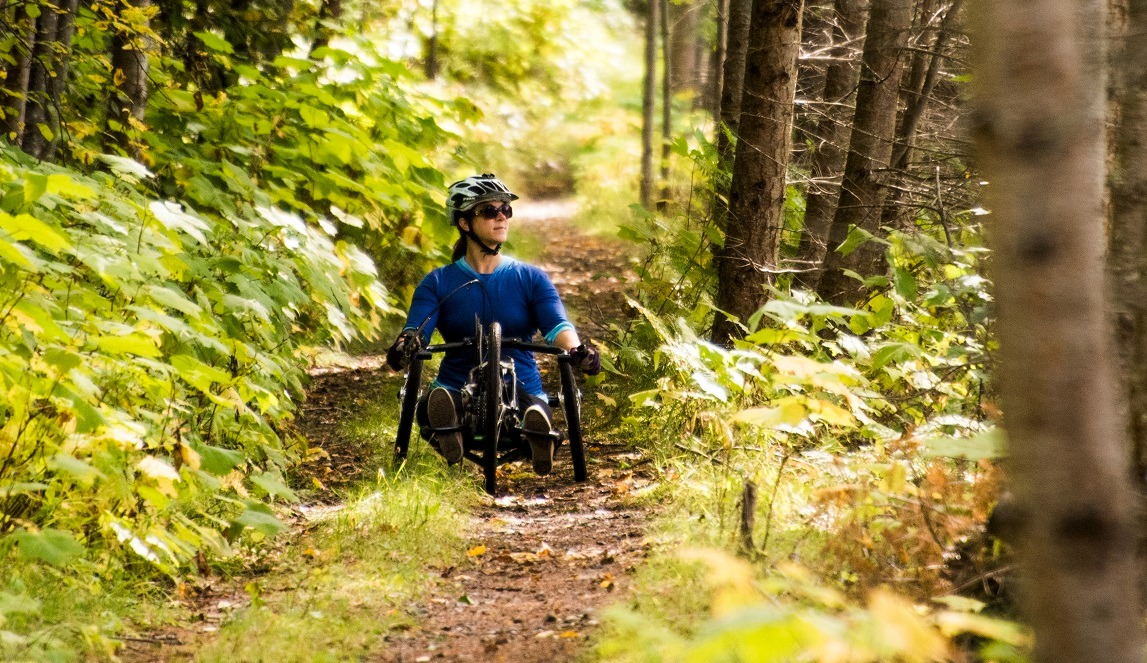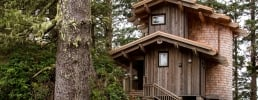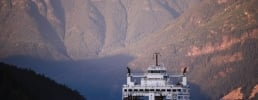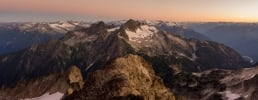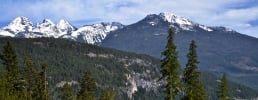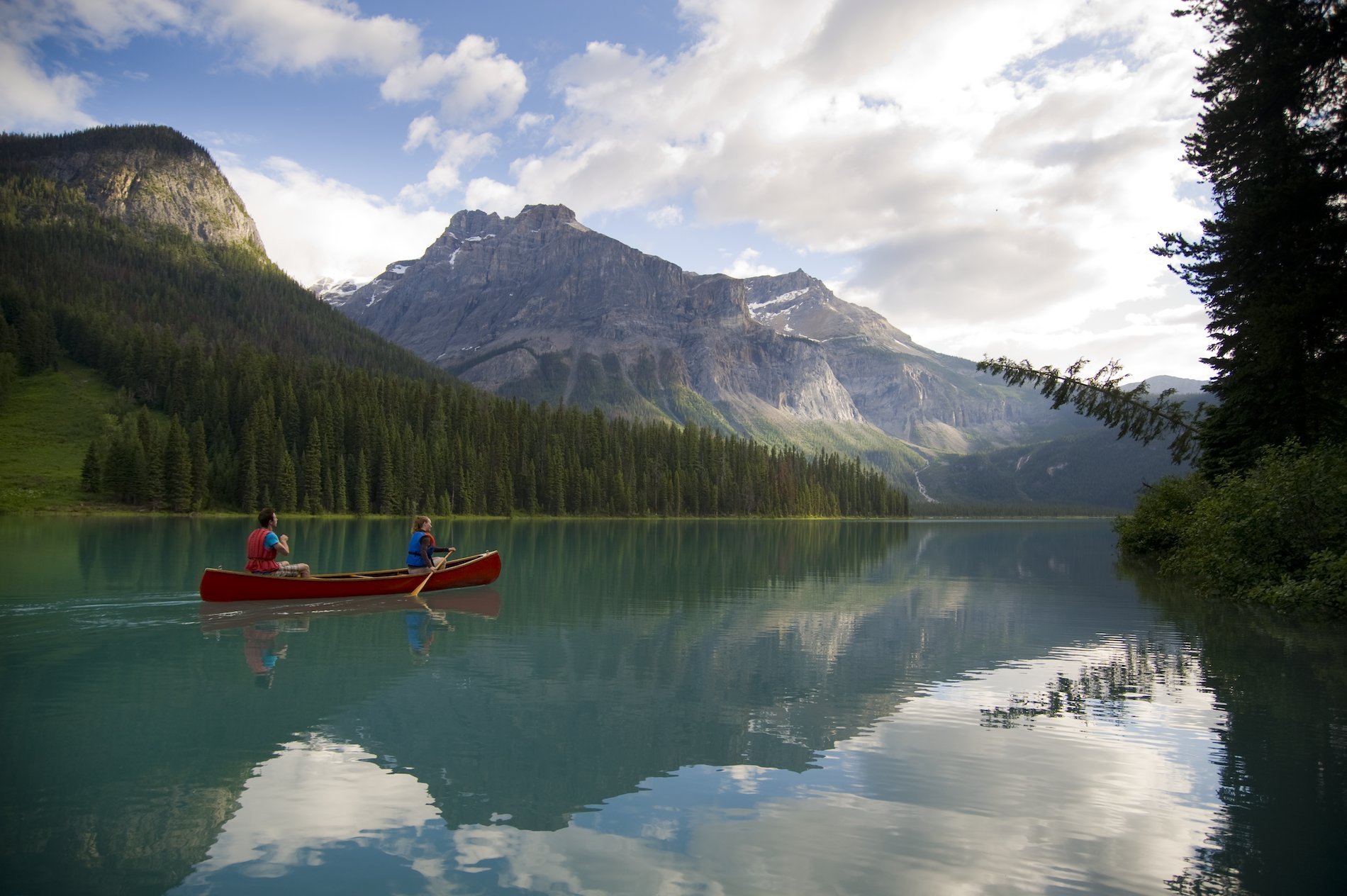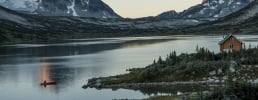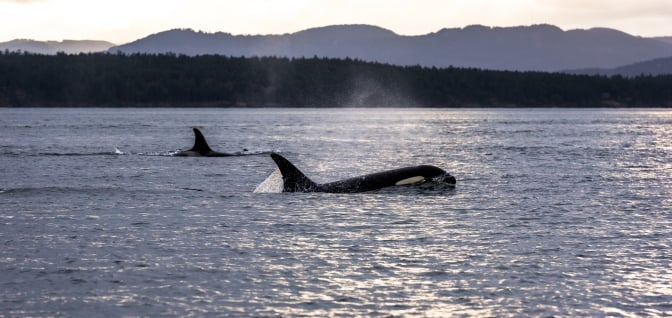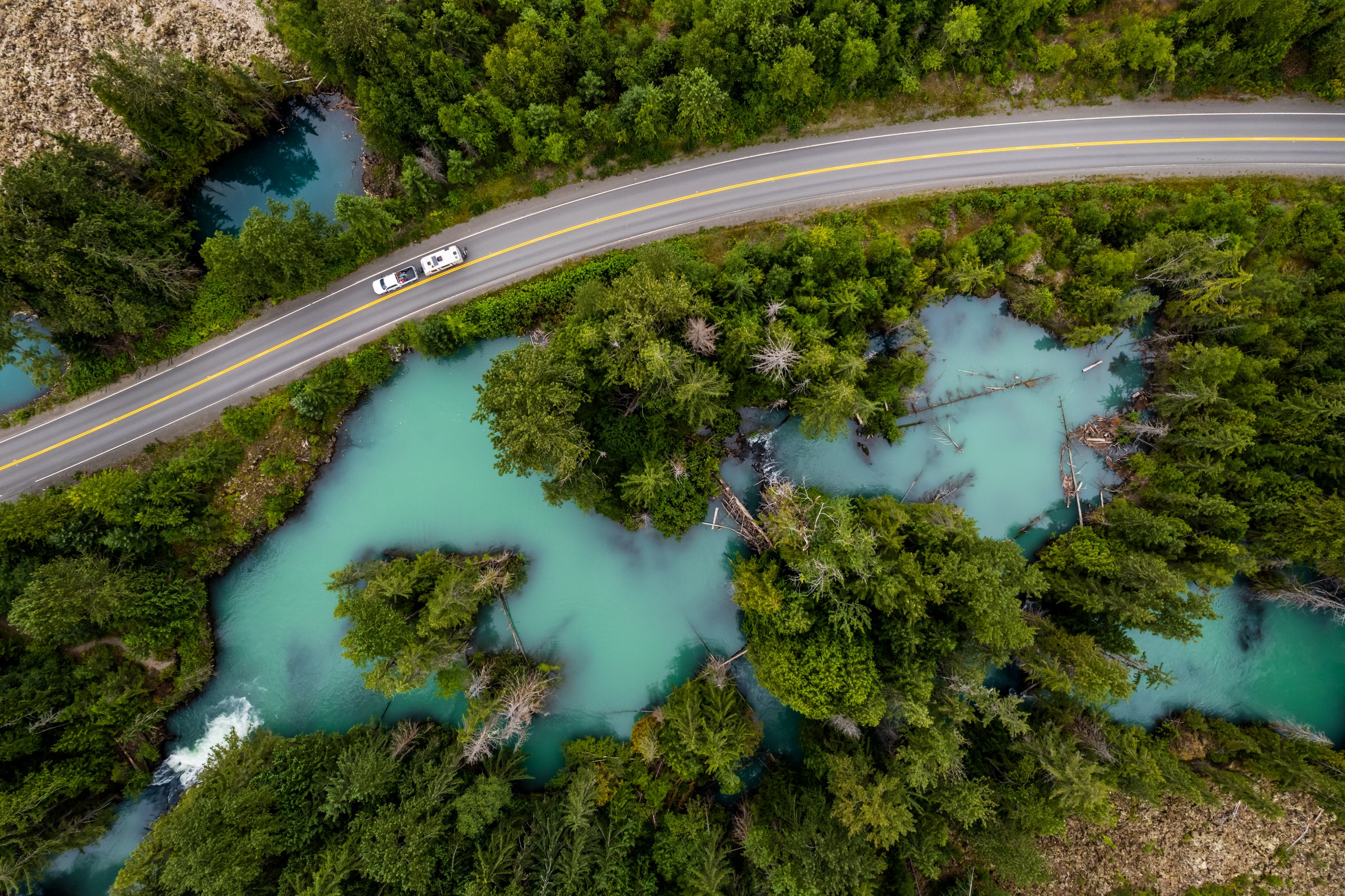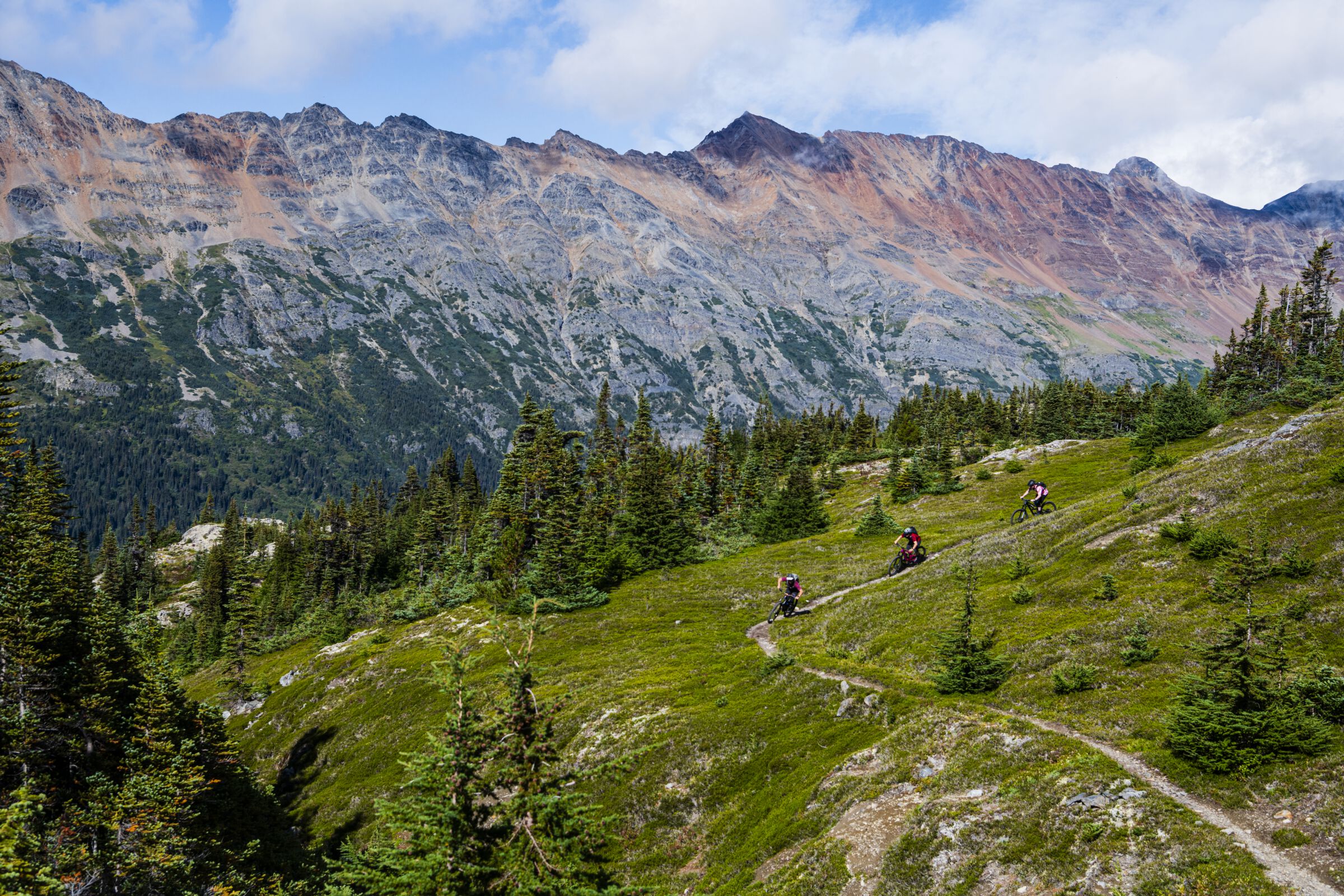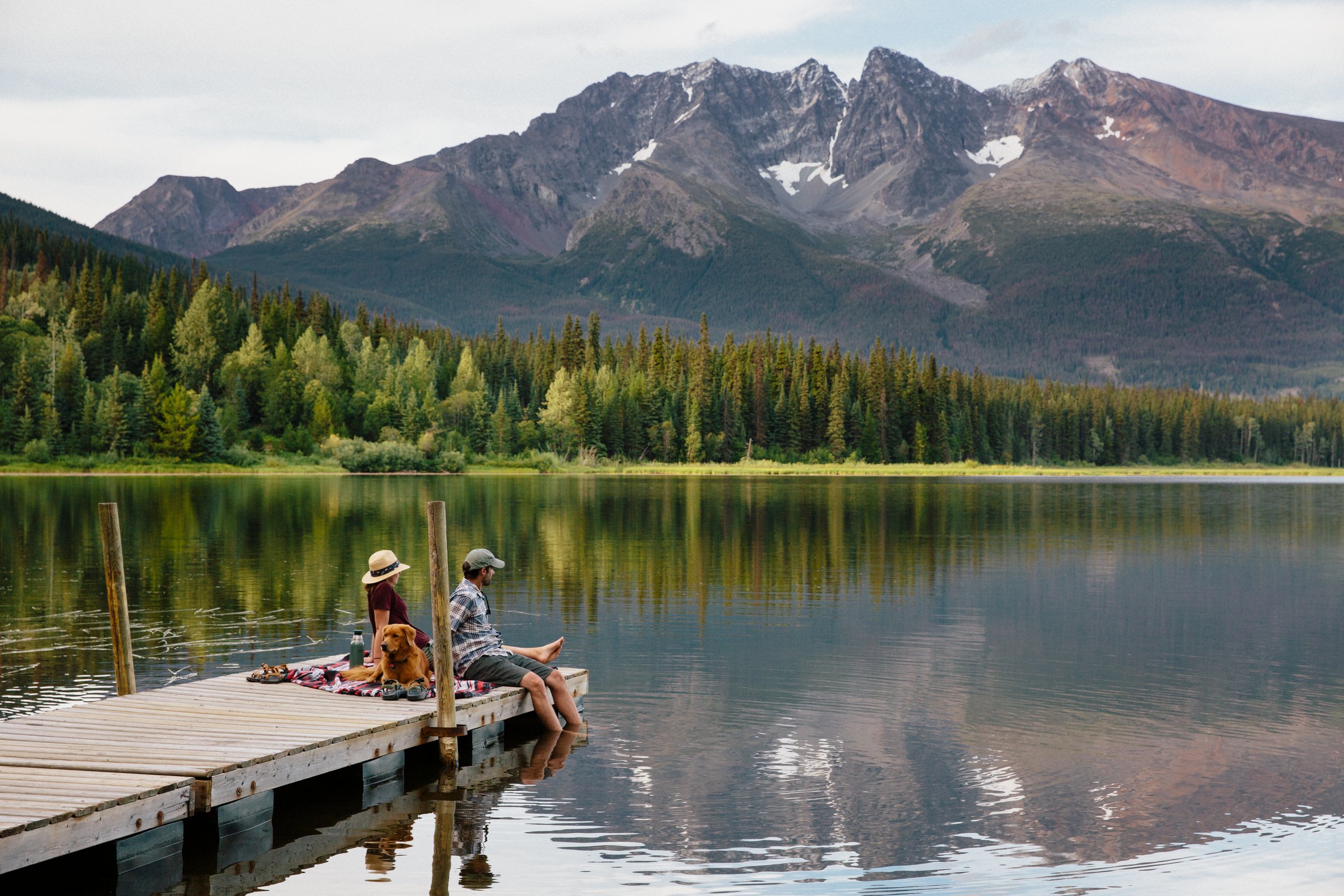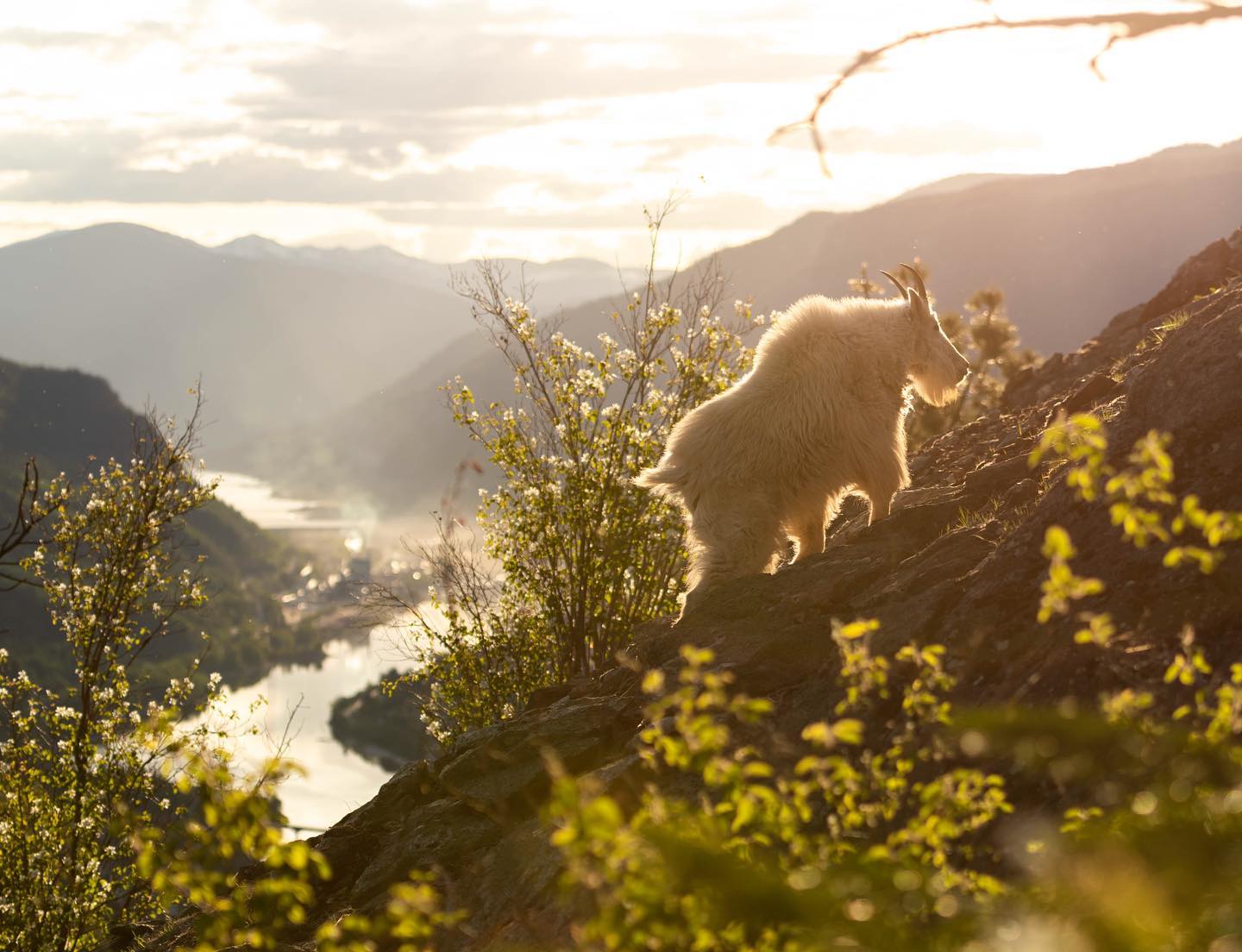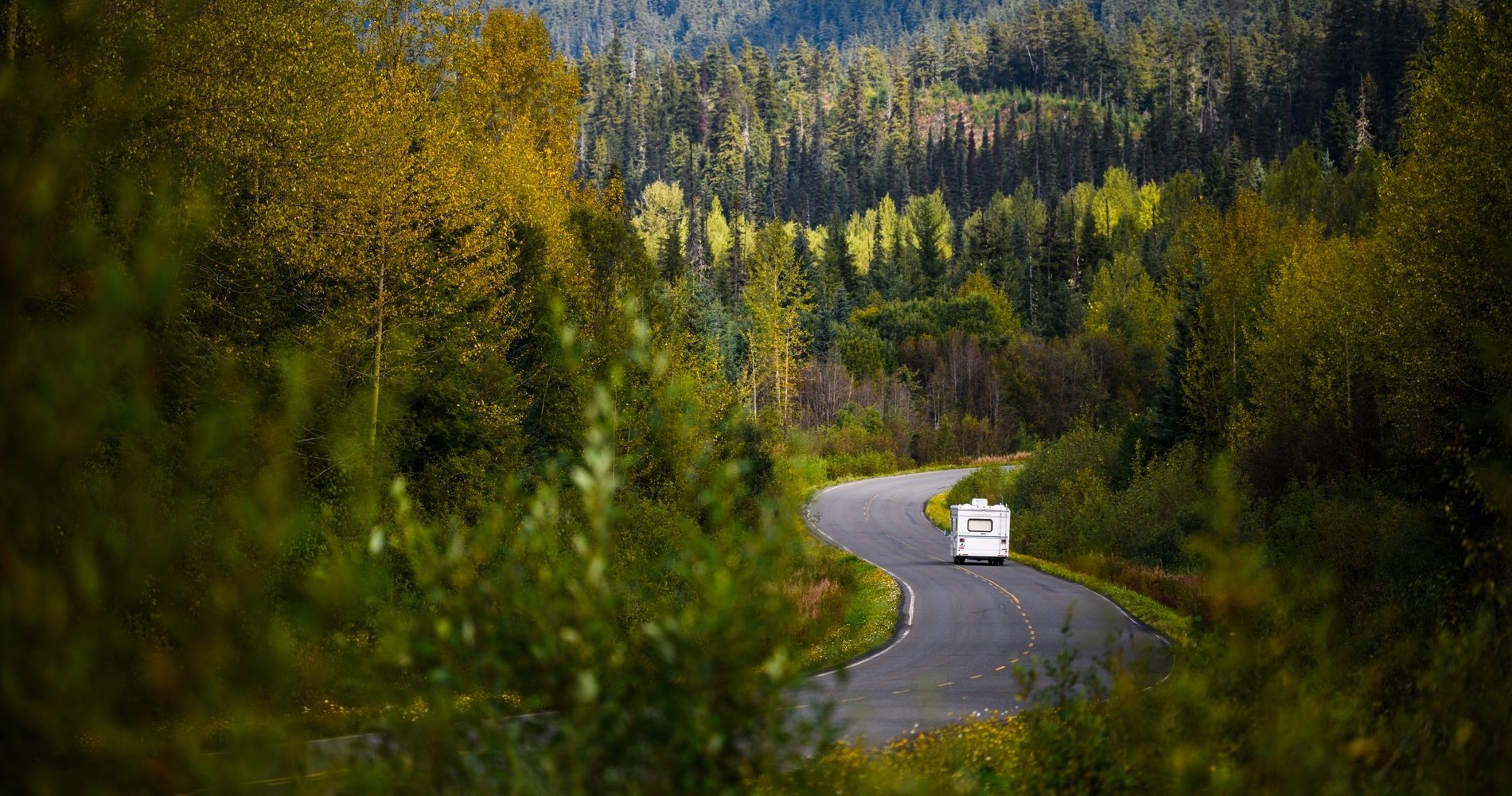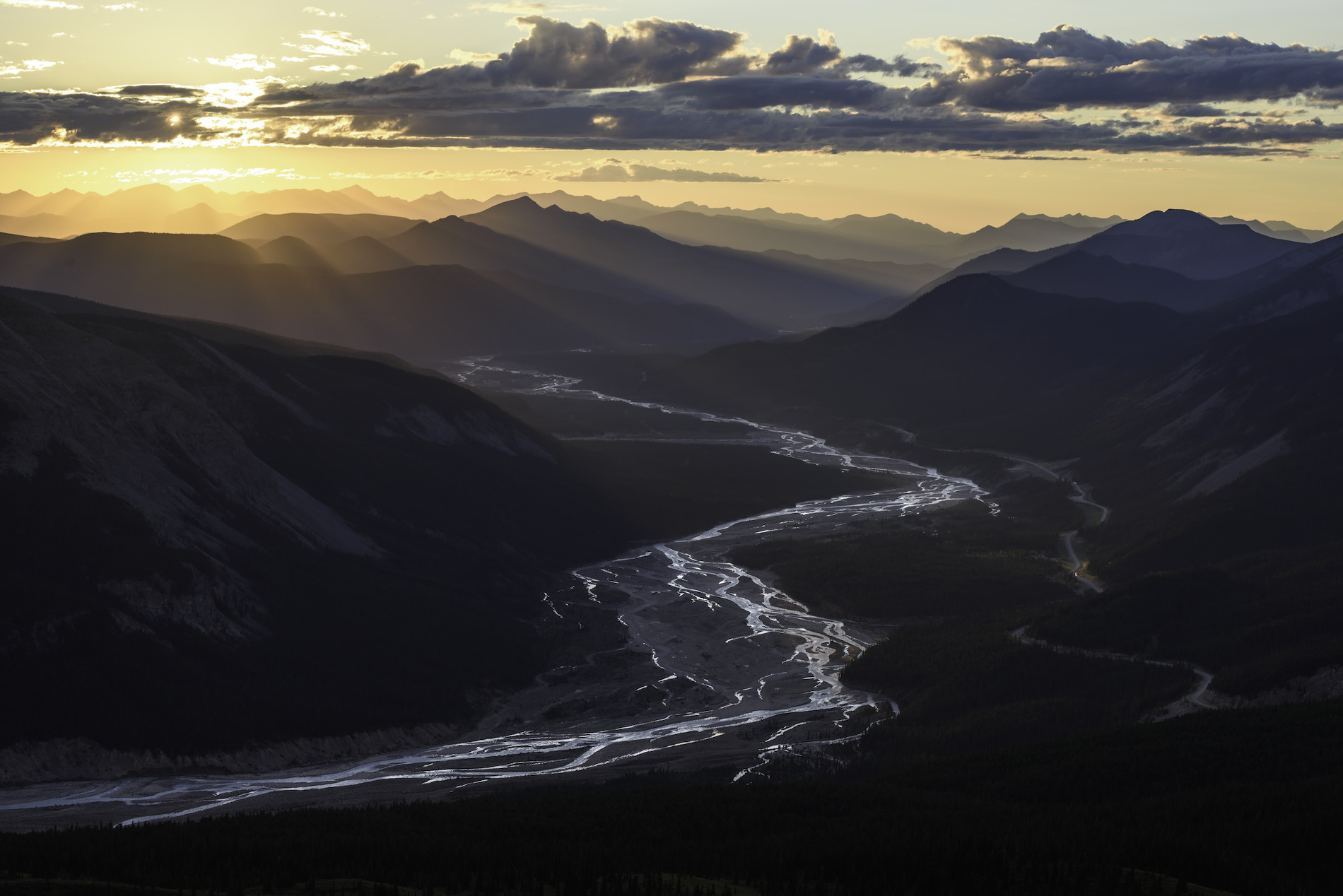

Experience The Great Wilderness
Extraordinary lands that welcome boundary pushers and backcountry adventurers.
The Great Wilderness stretches from the Alaska and Yukon borders to Alberta—an immense living landscape of endless skies, volcanoes, glaciers, fields, and rivers that make you feel small in the best possible way.
In a world where mystery and vastness feel rare, this place still stirs awe. The Great Wilderness stretches from the Alaska and Yukon borders to Alberta—an immense living landscape of endless skies, volcanoes, glaciers, fields, and rivers that make you feel small in the best possible way.
The scale is humbling, and wildlife may even outnumber people. Elk, moose, and bison roam while bears fish in lakes and oceans, and eagles watch from above. Out here, the world feels wider, your senses sharper, and the everyday a little farther away.
First Nations and Indigenous Peoples have stewarded these lands since time immemorial, and their cultures remain vibrant today. Communities in the north bring their own rhythm—practical, inventive, and unmistakably northern.
 Muncho Lake Provincial Park | Destination BC
Muncho Lake Provincial Park | Destination BC 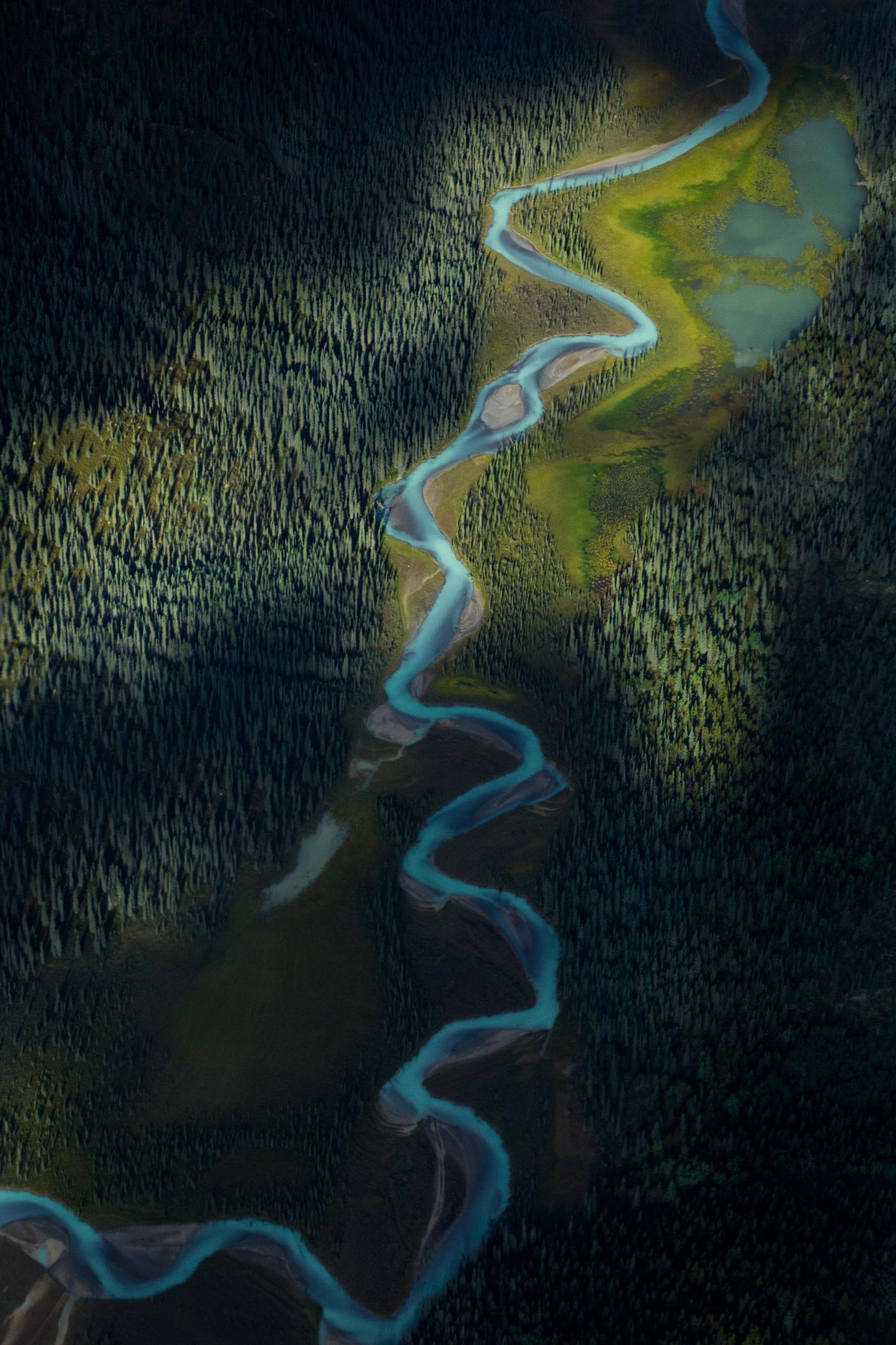 Muskwa-Kechika Management Area | Destination BC/Sherpas Cinema
Muskwa-Kechika Management Area | Destination BC/Sherpas Cinema 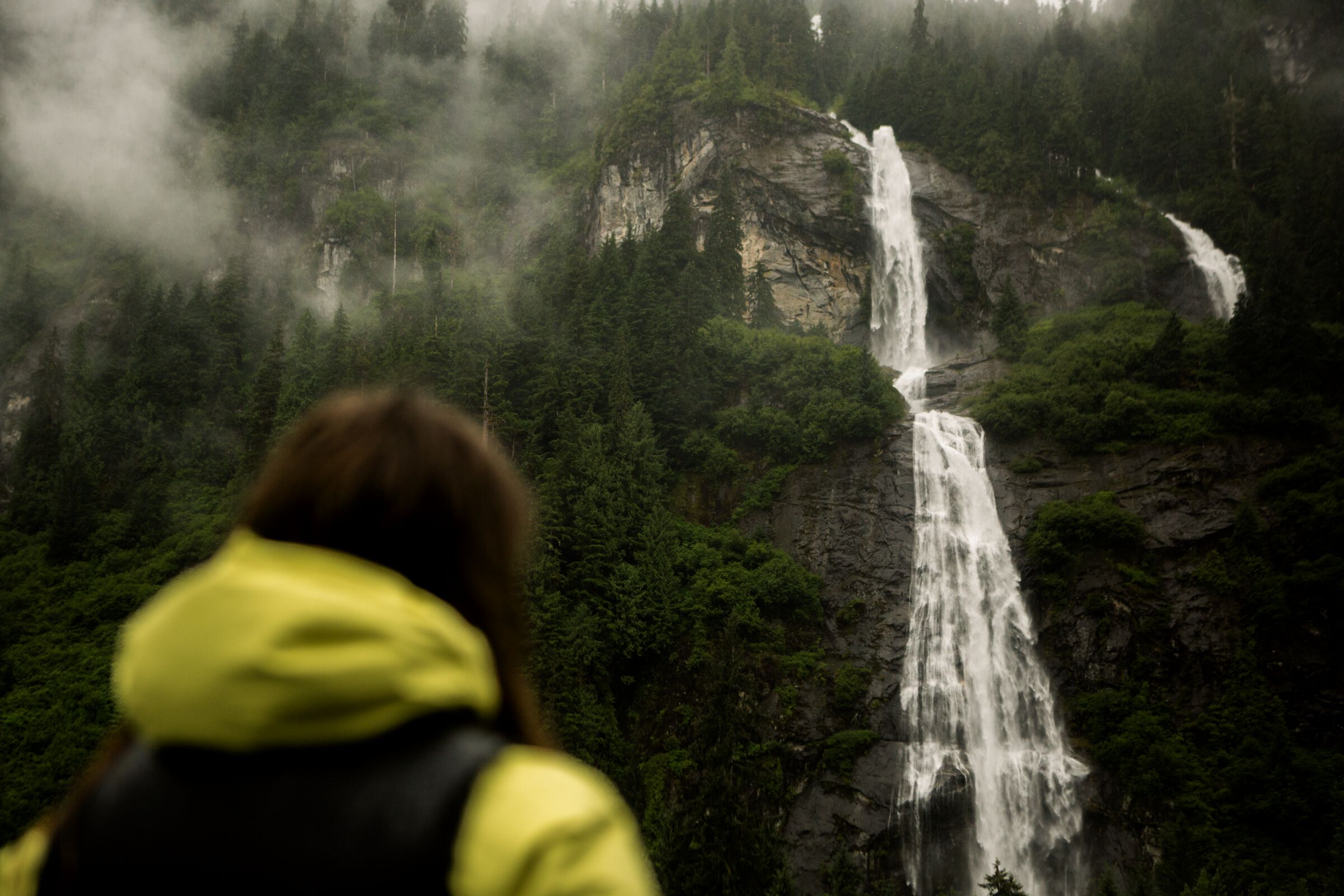 Kitimat | Destination BC
Kitimat | Destination BC 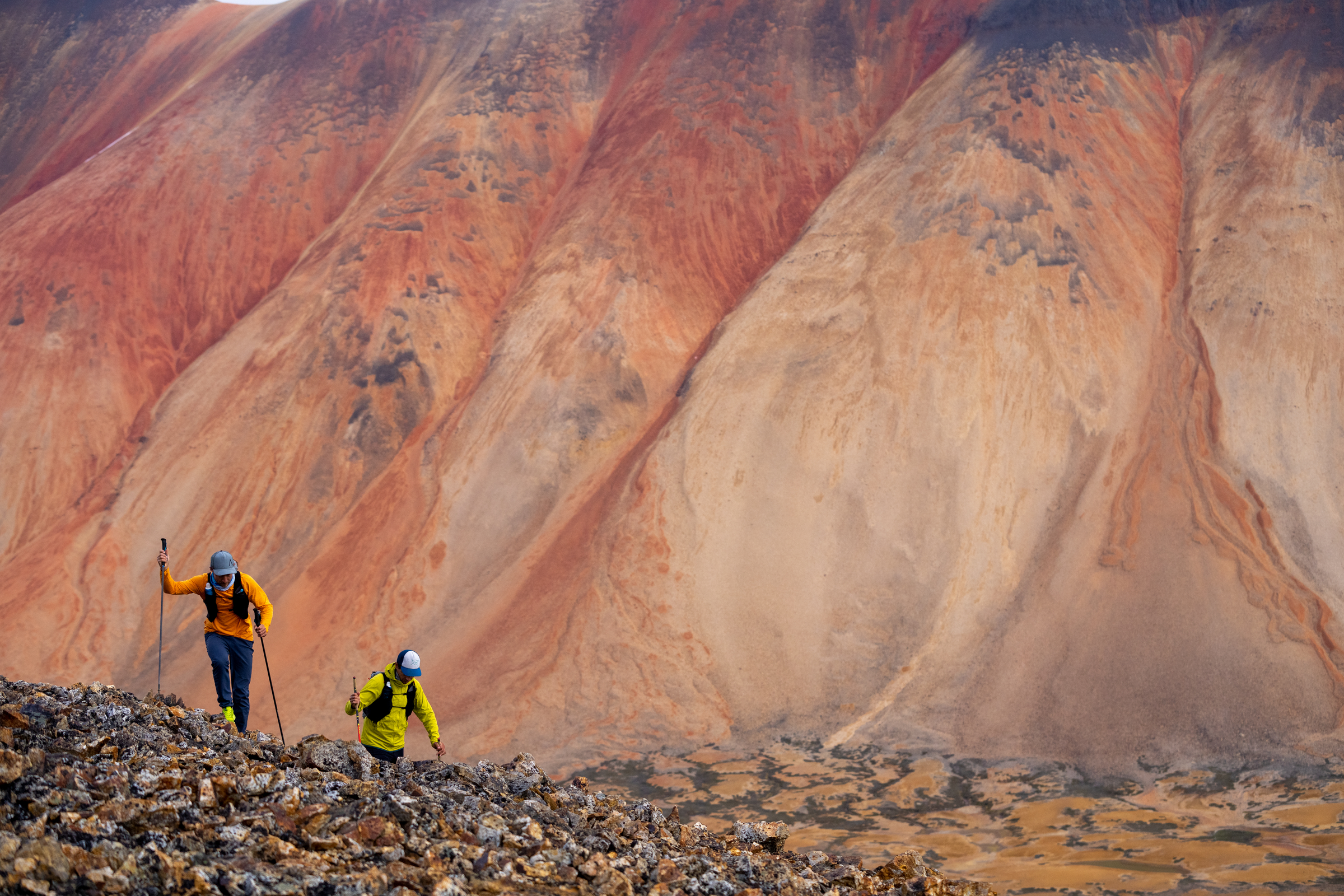 Mount Edziza Provincial Park | Northern BC Tourism/Angela Percival
Mount Edziza Provincial Park | Northern BC Tourism/Angela Percival 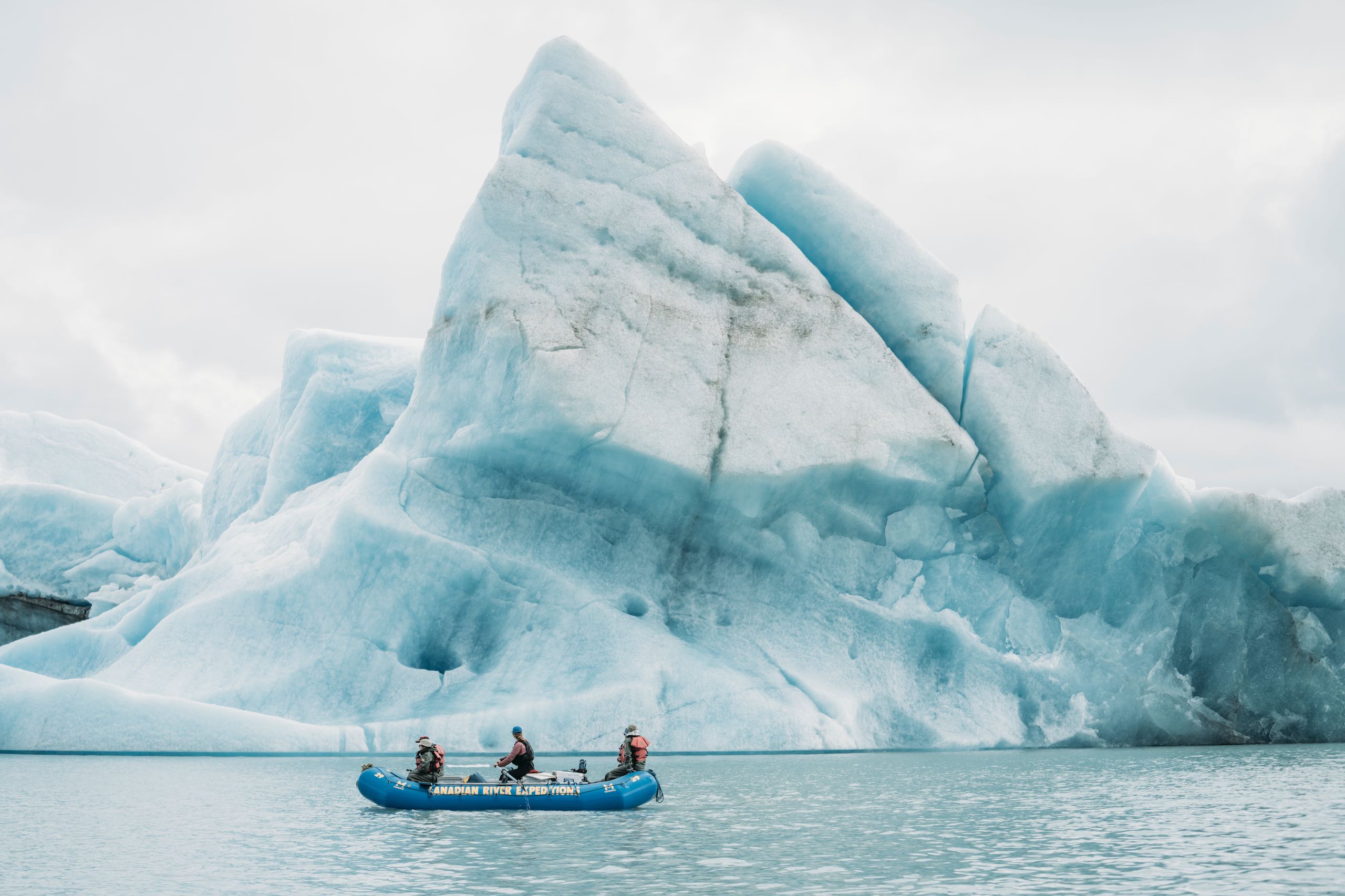 Tatshenshini-Alsek Provincial Park | Northern BC Tourism/Christie Fitzpatrick
Tatshenshini-Alsek Provincial Park | Northern BC Tourism/Christie Fitzpatrick Epic by nature
Extraordinary ecosystems have been cared for over time through dedicated stewardship. In the far north, Tatshenshini-Alsek Provincial Park—part of the vast Kluane / Wrangell-St. Elias / Glacier Bay / Tatshenshini-Alsek UNESCO World Heritage Site holds the world’s largest non-polar icefield. The Tatshenshini and Alsek rivers converge beneath vast glaciers, wolverines cross high rock faces, and glacier bears move through old-growth forest. The area is stewarded by many First Nations, including the Tlingit, whose Land Guardians uphold yakgwahéiyagu—the living spirit in all things.
Drive north on Highway 37, watching for wildlife as you make your way to Tā Ch’ilā / Boya Lake Provincial Park. Along the way, you’ll pass through Tahltan territory, with the volcanic Mount Edziza rising to the west. This dramatic peak is part of a volcanic system shaped over millions of years and the nearby area is protected through the Tenh Dẕetle Conservancy. (Tenh Dẕetle means “ice mountain” in the Tahltan language.) Or head south at Meziadin Junction and follow Highway 37A west to Stewart. From there, a rugged road takes you to the edge of Salmon Glacier—one of the few glaciers in the world accessible by vehicle.
To the east, the Muskwa-Kechika Management Area spans one of North America’s richest predator-prey ecosystems, where wolves, eagles, and caribou roam their lands. Further still, Tumbler Ridge—a UNESCO Global Geopark—reveals dinosaur tracks and the rock pinnacles of the Boulder Gardens. Follow trails to 70-metre Kinuseo Falls, or travel to Mount Robson Provincial Park, where the tallest peak in the Canadian Rockies reaches the sky.
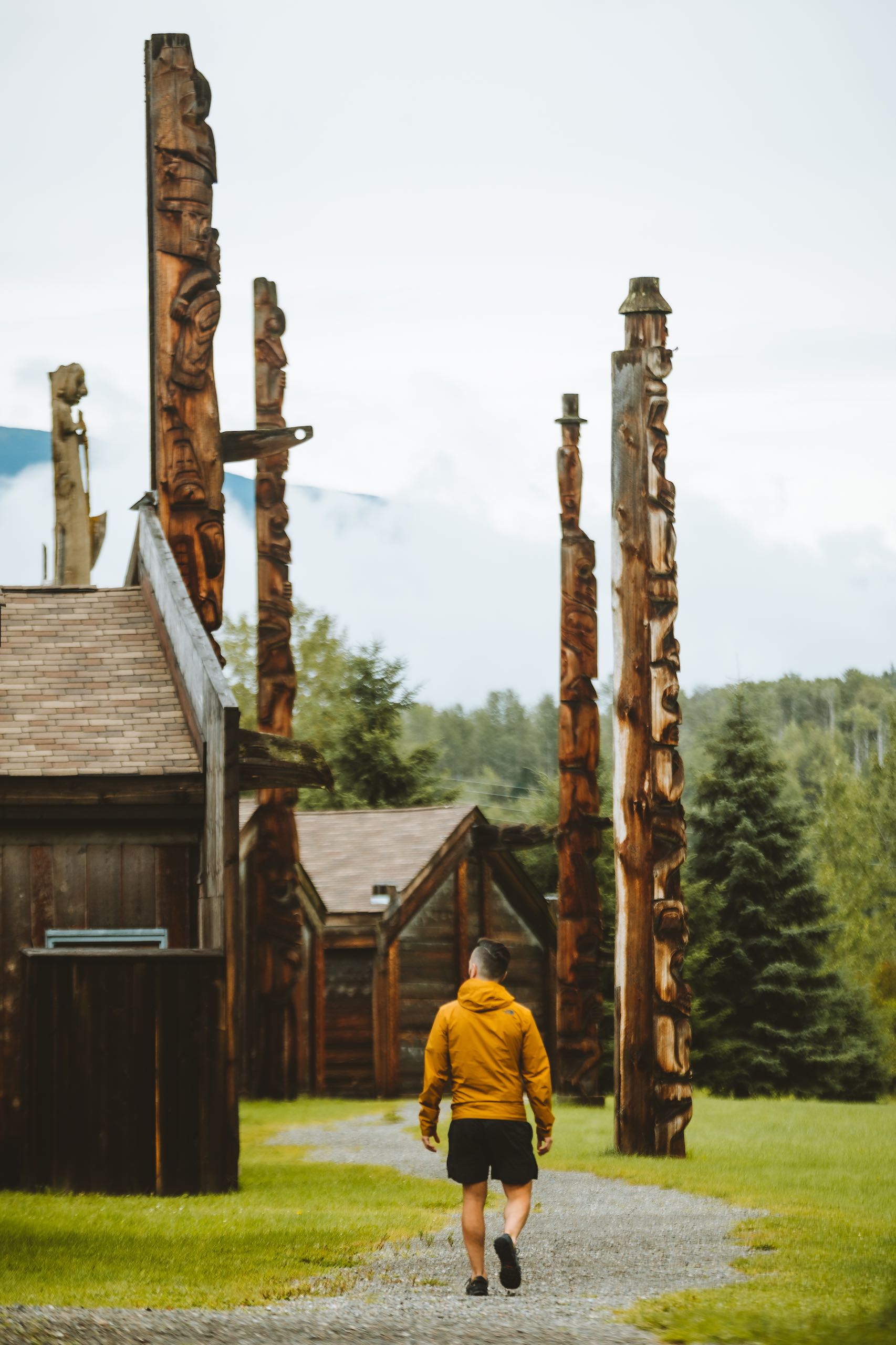 'Ksan Historical Village | Destination BC/@calsnape
'Ksan Historical Village | Destination BC/@calsnape 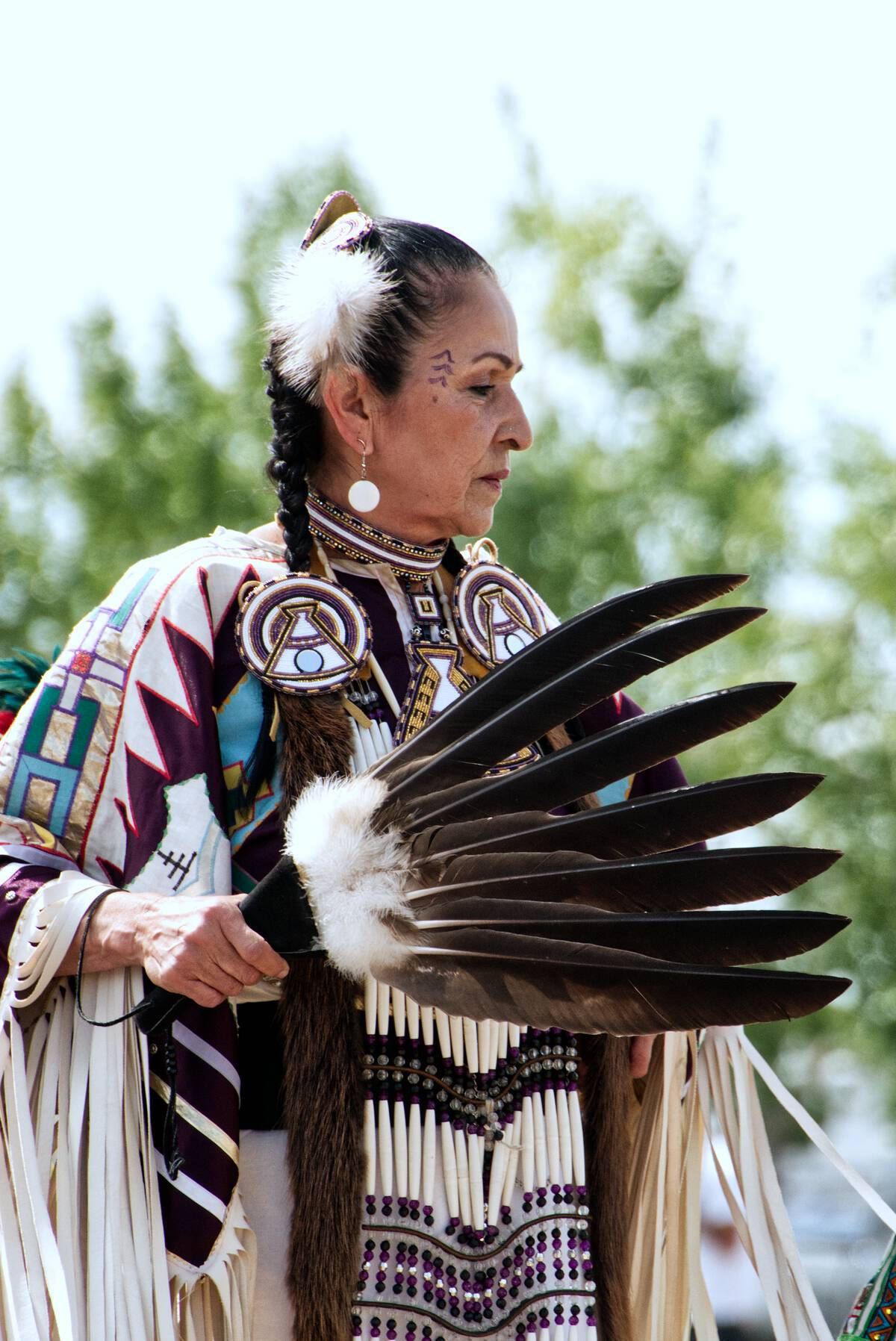 Fort Nelson | Ryan Dickie
Fort Nelson | Ryan Dickie Ways of life
These lands are cared for and guided by many First Nations and Indigenous Peoples, whose deep knowledge continues to shape these places. Mountains, rivers, villages, towns, and cultural spaces each contain stories—and many ways to connect. You’ll also find a region full of character, where places like Smithers, Terrace, and Prince George each offer their own spirit and charm.
At ‘Ksan Historical Village, where the Skeena and Kispiox rivers meet, the Gitxsan welcome visitors onto their lands and into traditional longhouses of the People of the river of the mist. Further west, Anhluut’ukwsim Lax̱mihl Angwinga’asanskwhl Nisg̱a’a (Nisg̱a’a Memorial Lava Bed Park) and the Nisg̱a’a Lands Auto Tour demonstrate their People’s ways of knowing. Legend tells of a volcanic eruption around 1700 CE, which exploded in anger after a group of children disrespected the life-giving salmon. To this day, salmon is cherished, and the park is co-managed by the Nisg̱a’a Nation and BC Parks.
North of Smithers, the Widzin Kwah Canyon House and Museum offers tours led by Witsuwit’en People, grounded in their traditional knowledge and lifeways. Near Fort St. John, Tse’K’wa—an ancient cave and National Historic Site—holds over 12,000 years of archaeological and cultural significance for the Dane-zaa.
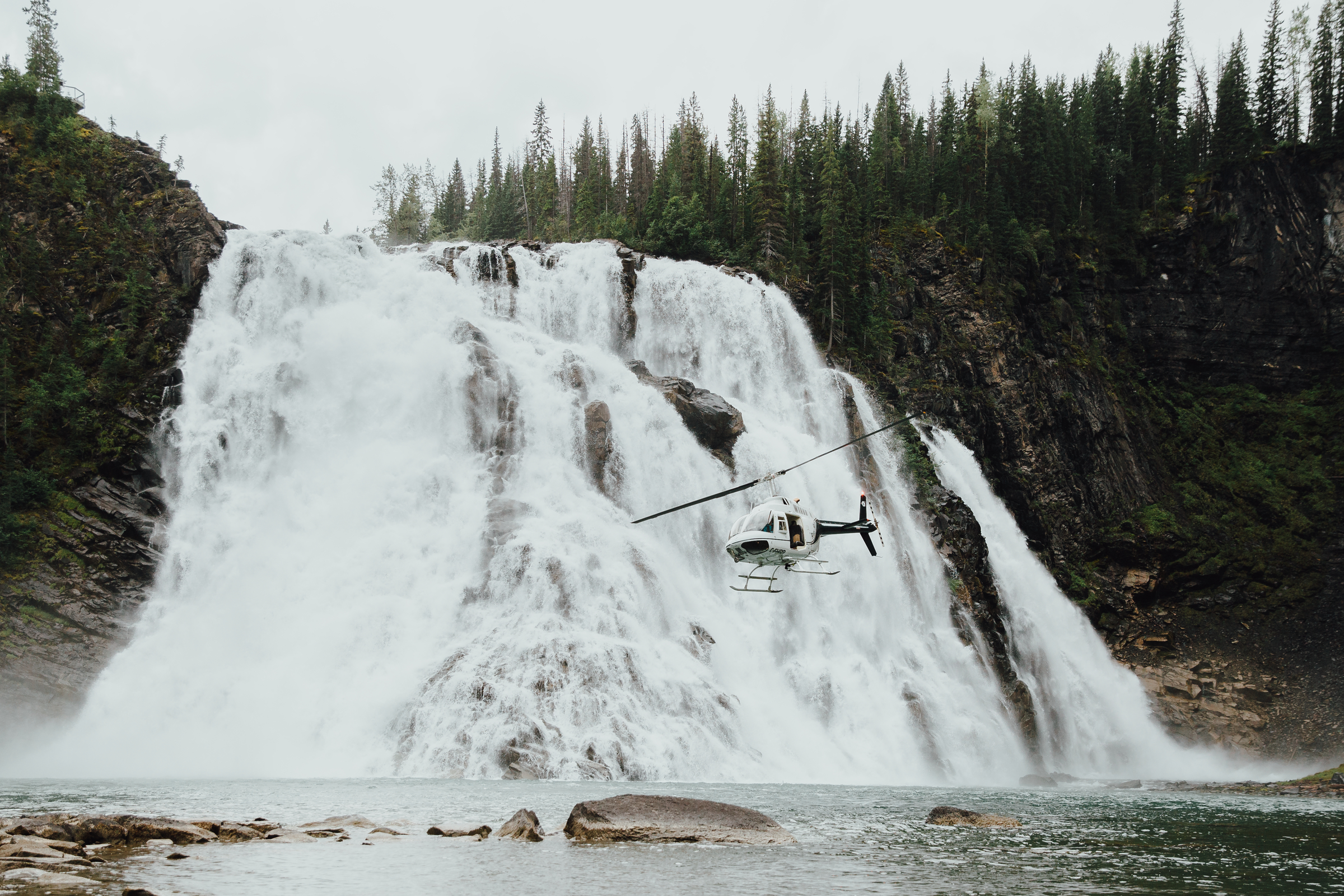 Monkman Provincial Park | Destination BC/Mike Seehagel
Monkman Provincial Park | Destination BC/Mike Seehagel Venture beyond
Across roaring waterfalls, ancient forests, alpine trails, and backcountry, these places invite deep presence on a massive scale.
Kinuseo Falls isn’t the only awe-inspiring display of water power. Cascade Falls and Whirlpool Canyon also impress at Tumbler Ridge, while Bergeron (one of the tallest in BC) and Bijoux Falls near Prince George are equally commanding.
Hike alpine terrain in Babine Mountains Park, dramatic ridgelines near Muncho Lake, the lava-strewn Titanic and Shipyards Trail in Tumbler Ridge, or the temperate rainforest of Ancient Forest/Chun T’oh Whudujut Park near Prince George—where millennia-old red cedars stand in Lheidli T’enneh territory. If you’re craving solitude, head for the China Knows Mountain trail near Houston or any part of the vast, rolling backcountry here.
Traditional canoe routes unfold through Spatsizi Plateau Wilderness Provincial Park, a home for woodland caribou, diverse wildlife and 140 bird species. Bike your way through forested trails near Smithers, Valemount, or Burns Lake. For whitewater seekers, the Tatshenshini-Alsek and Stikine rivers offer world-renowned rafting routes through glacier-fed valleys.
Anglers will find world-class salmon or trout fishing across the Lakes District, Nechako River, and Babine Lake. And for quiet restoration, soak in Liard River Hot Springs or Hlgu Isgwit (Aiyansh), natural sanctuaries and sacred sites that invite presence and peace.
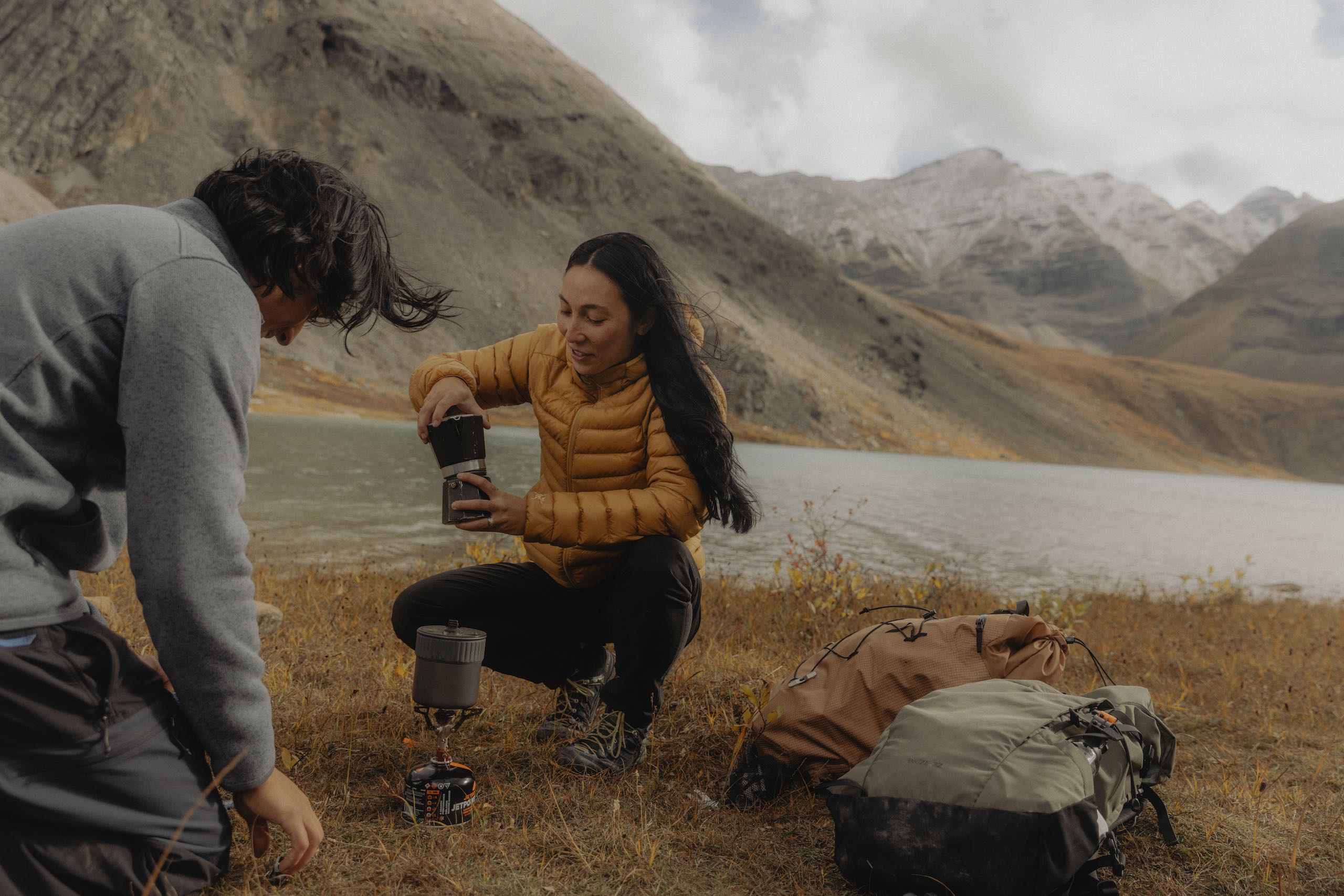 Stone Mountain Provincial Park | Northern BC Tourism/Grant Harder
Stone Mountain Provincial Park | Northern BC Tourism/Grant Harder Travel with care
Travel here begins with respect for the land, its creatures, and the Peoples who continue to care for them all. Communities in this region are shaped by determination, generosity, and resourcefulness, and they welcome travellers who visit with that same spirit.
This is a place where the distances are longer, the roads quieter, and big nature is close. Services can be spaced out, weather can shift quickly, and mobile coverage may fade in and out. Wildlife is part of the rhythm here, and preparation helps keep everyone—human and animal—safe. Check road (DriveBC) and trail conditions, follow local guidance, and let someone know your plans. Carry what you need, stay aware, and give closures the respect they ask for. Many of the communities you’ll pass through are small and self-sufficient. If you’re here, you’re part of the story.

